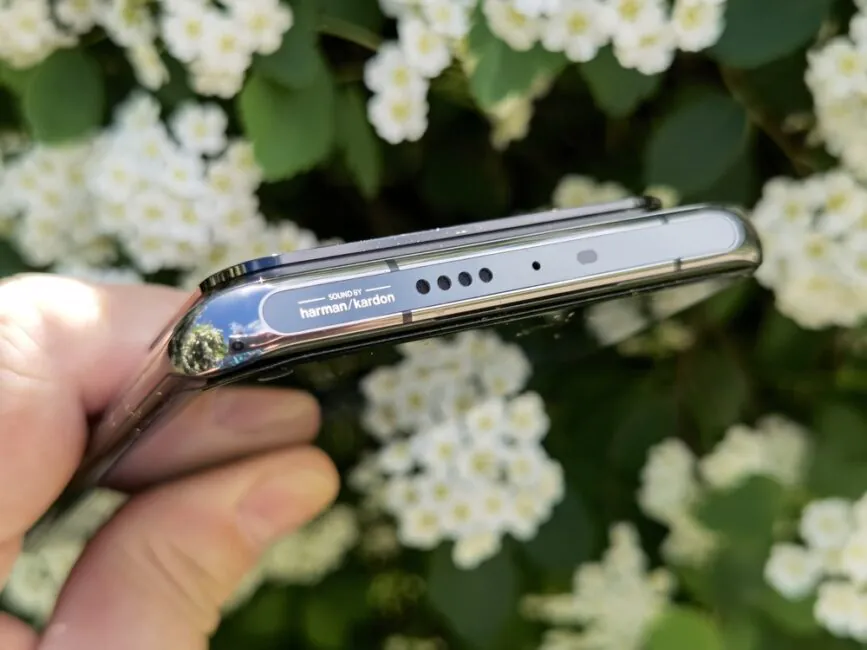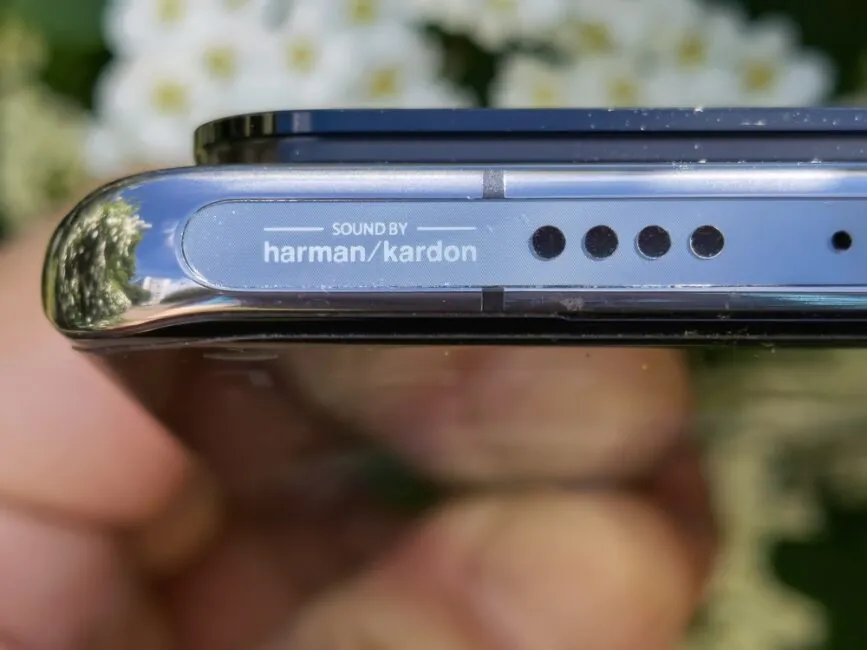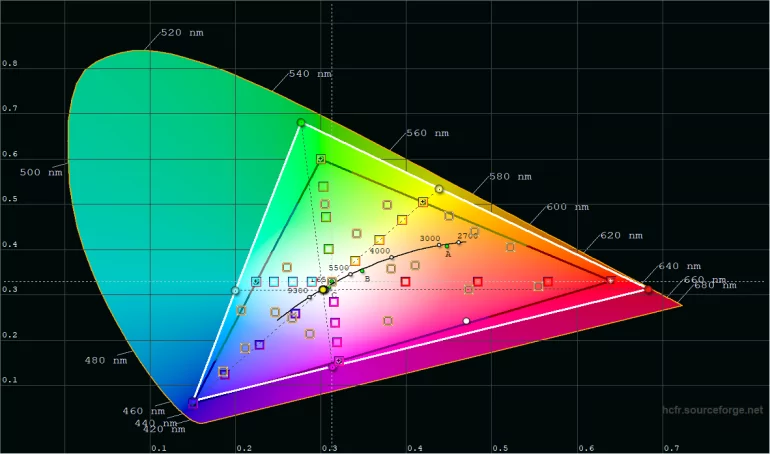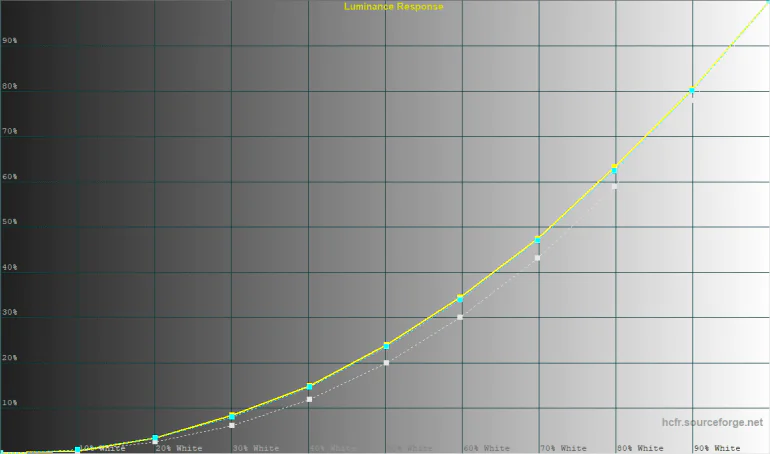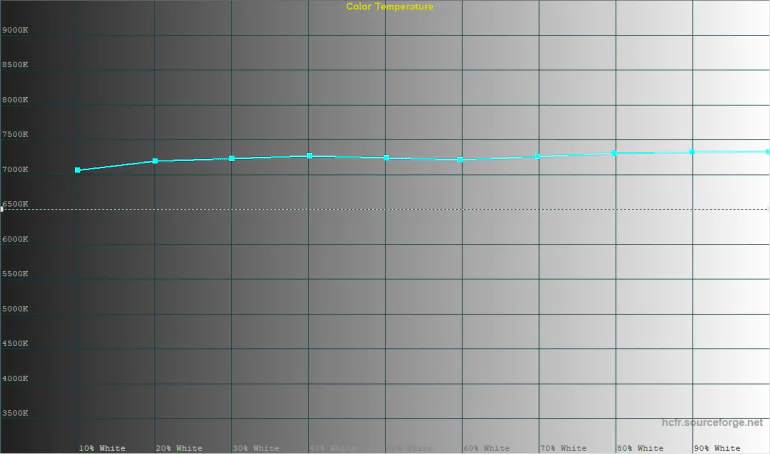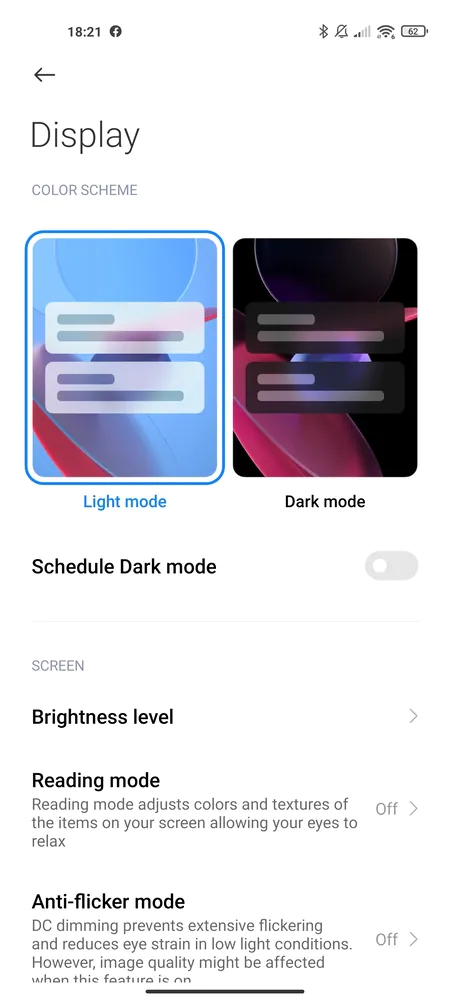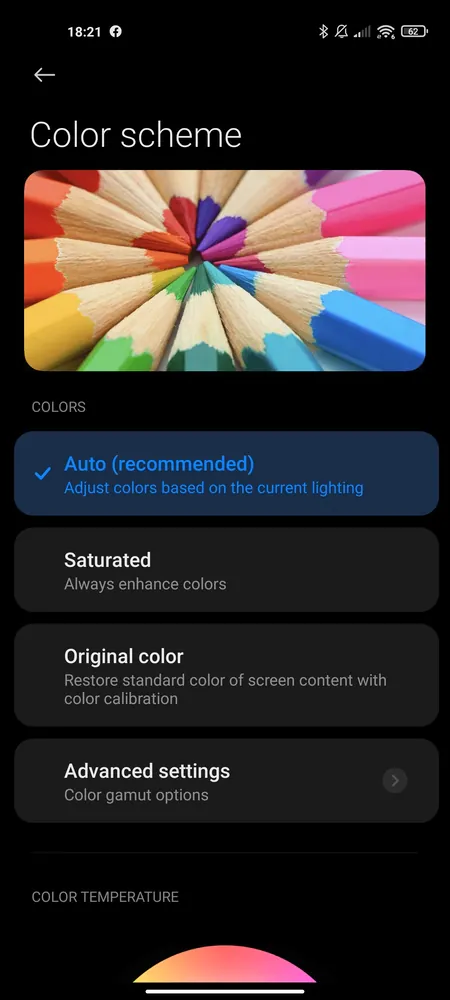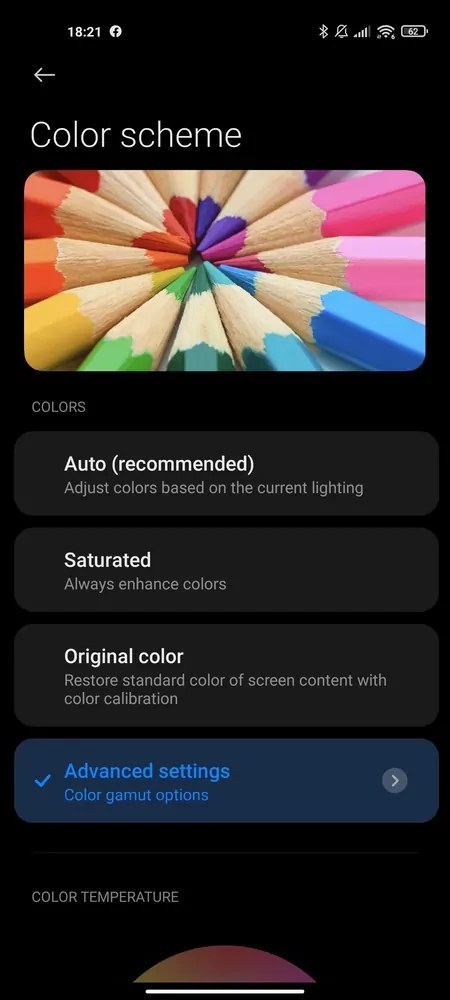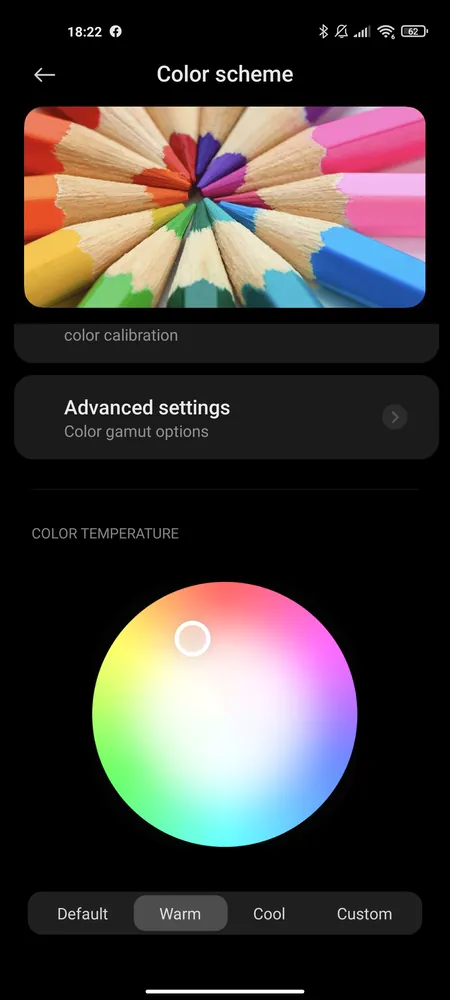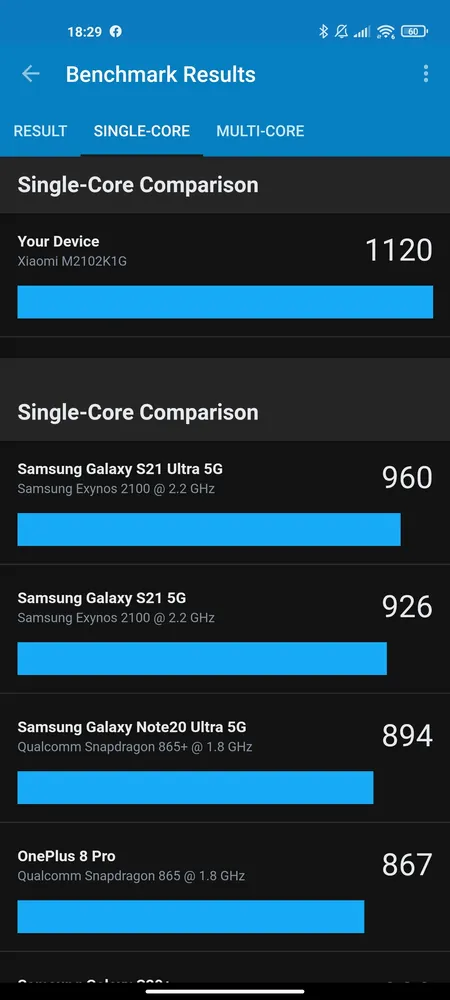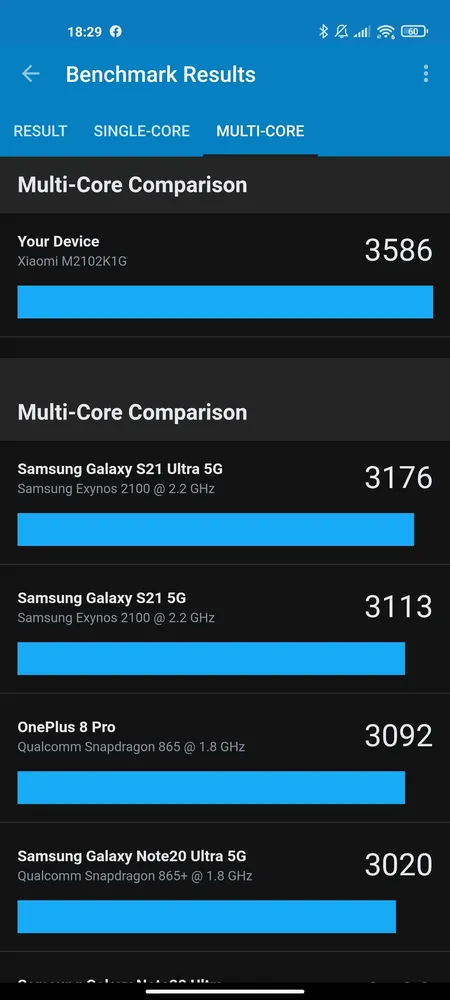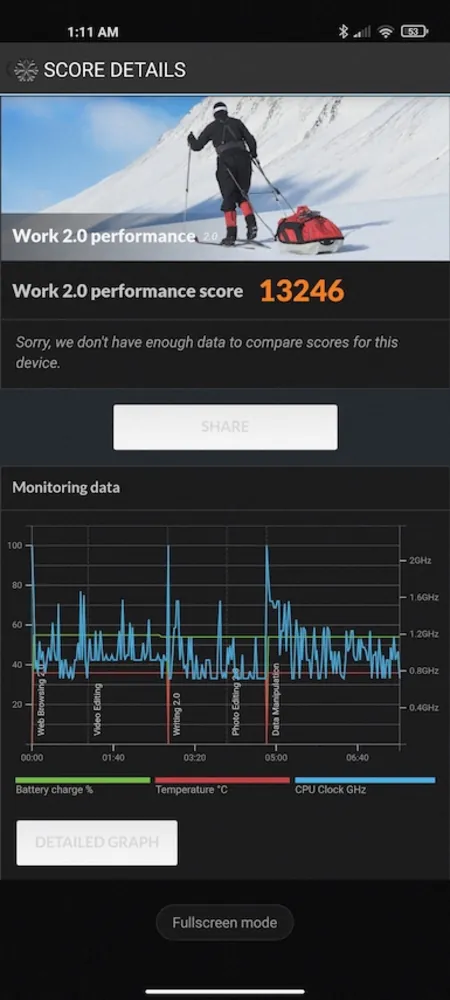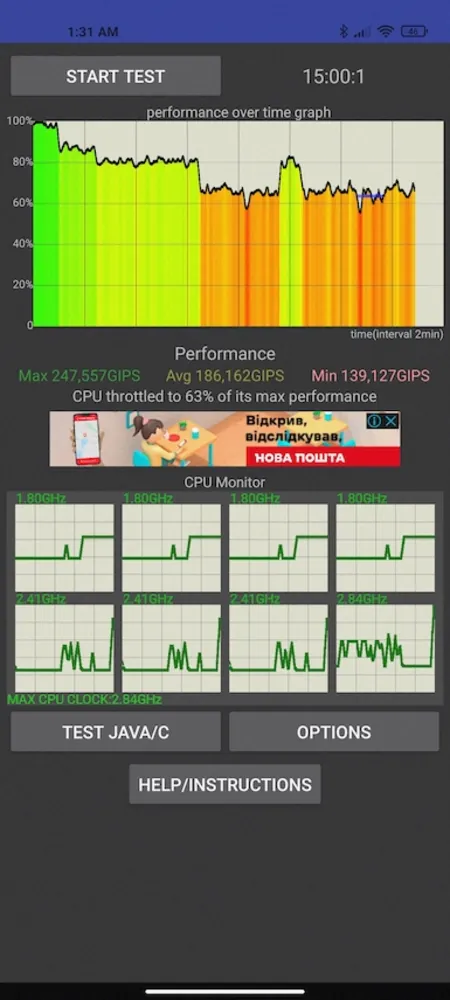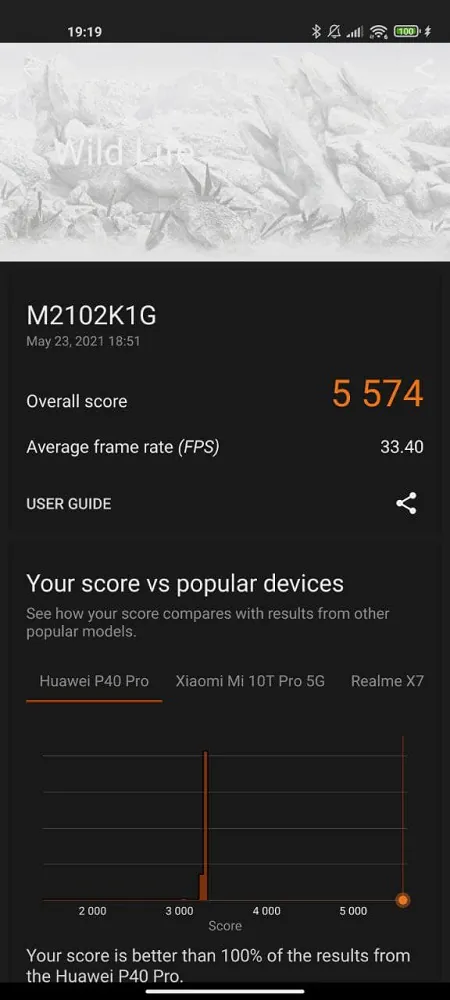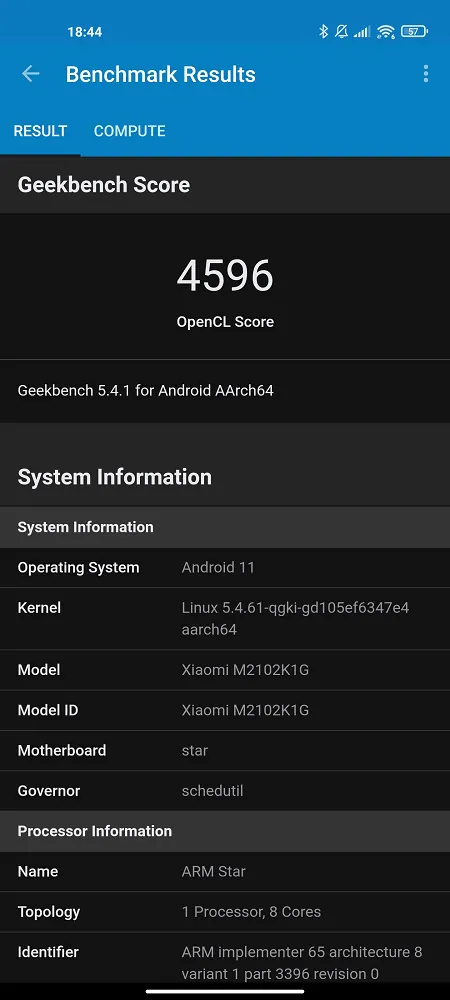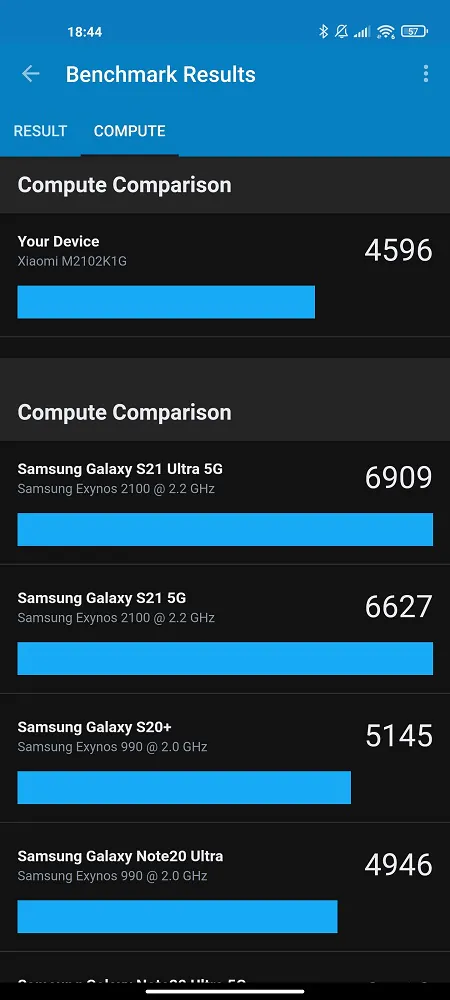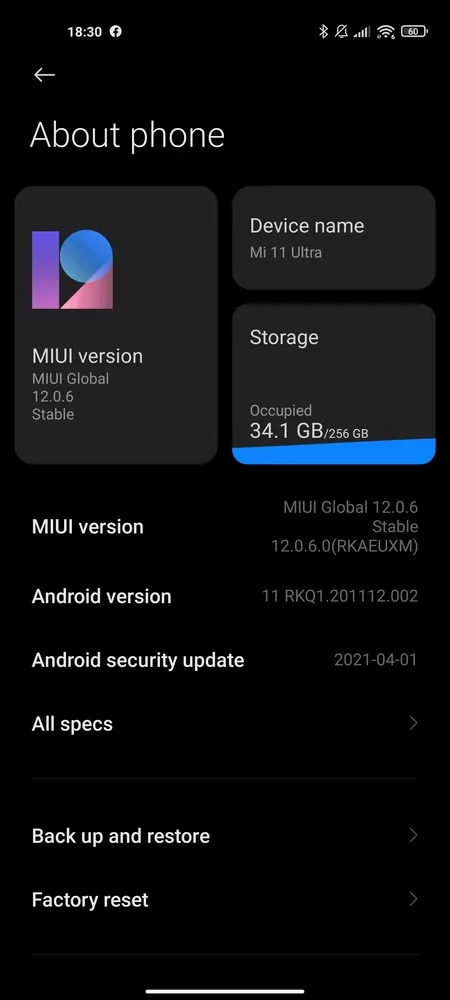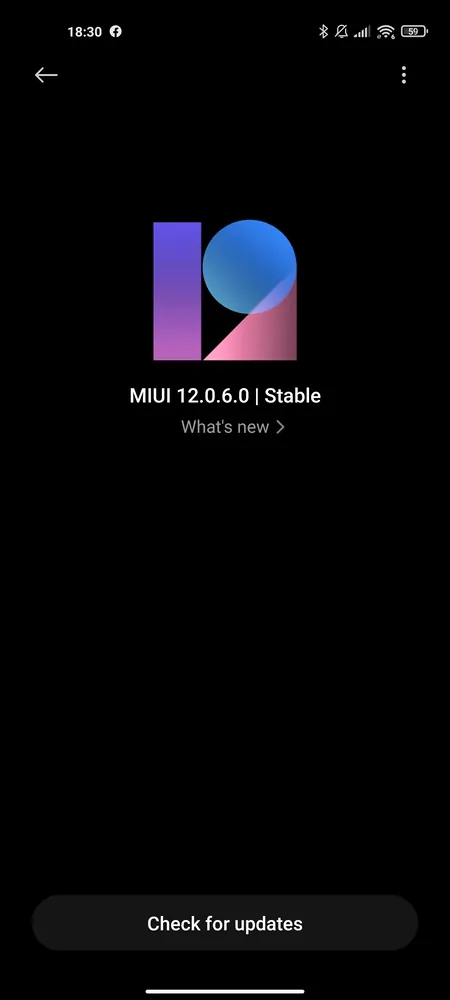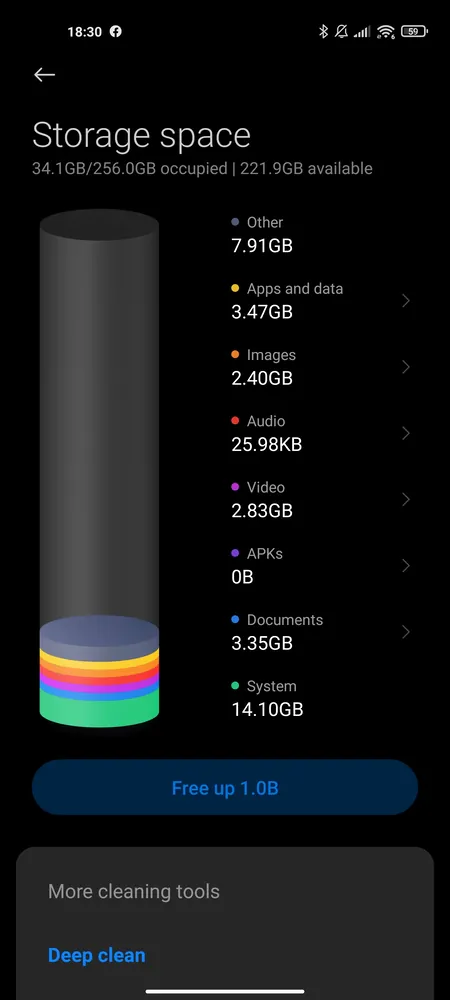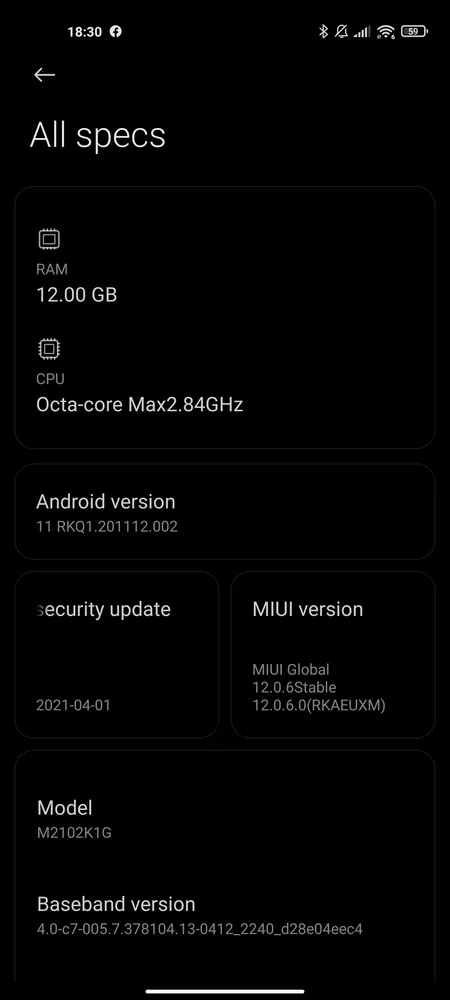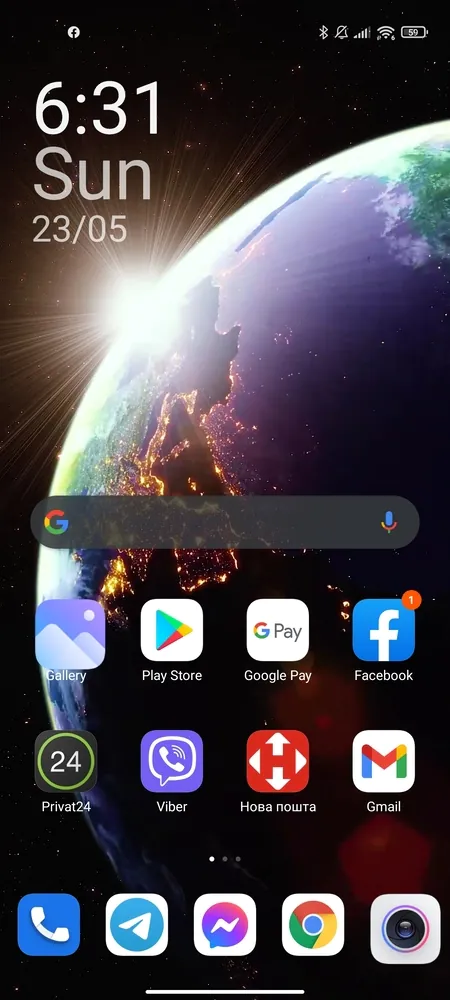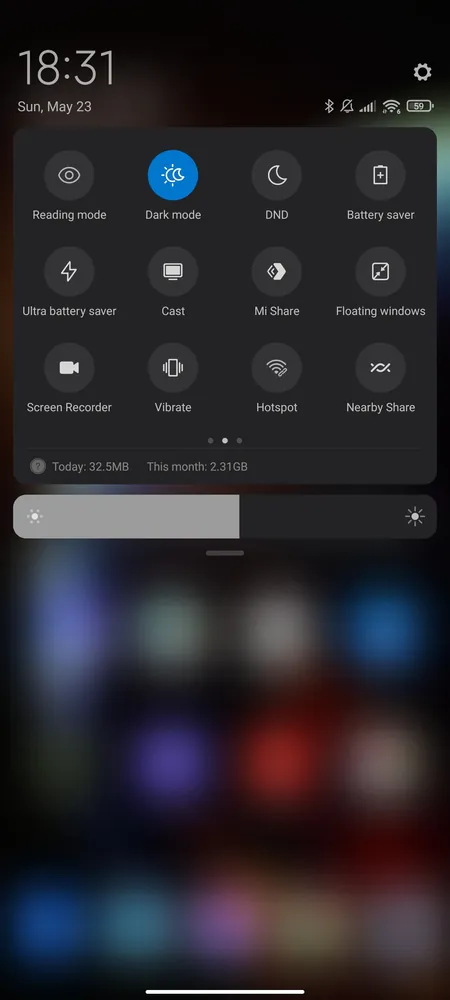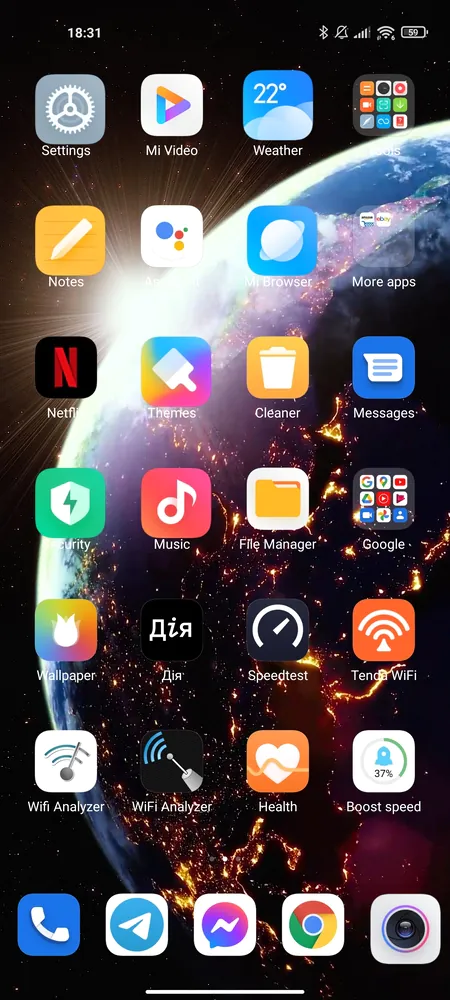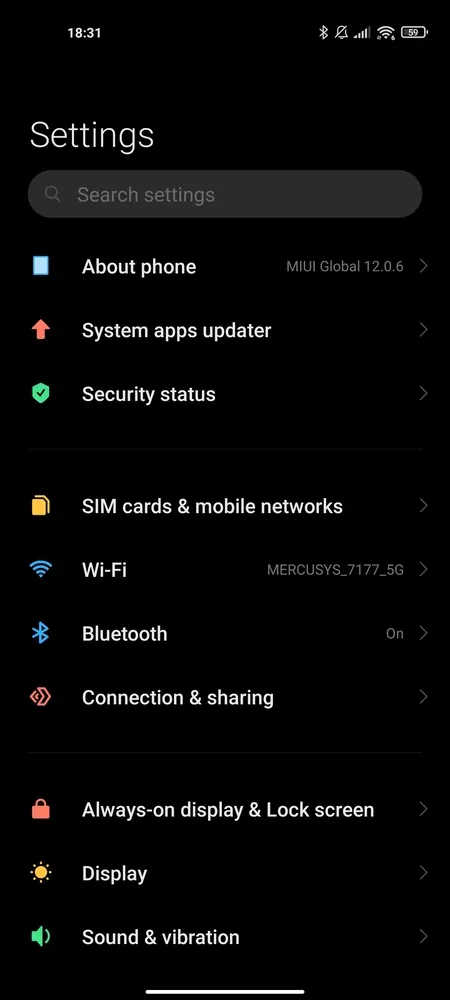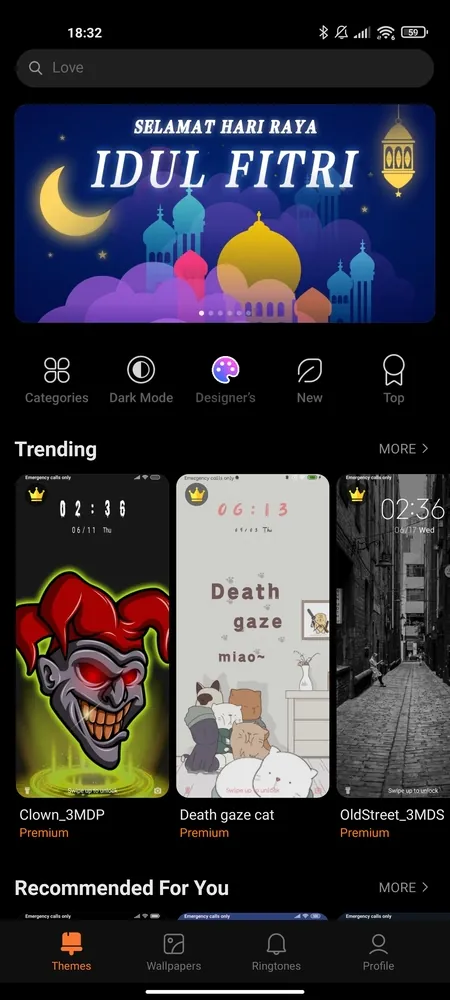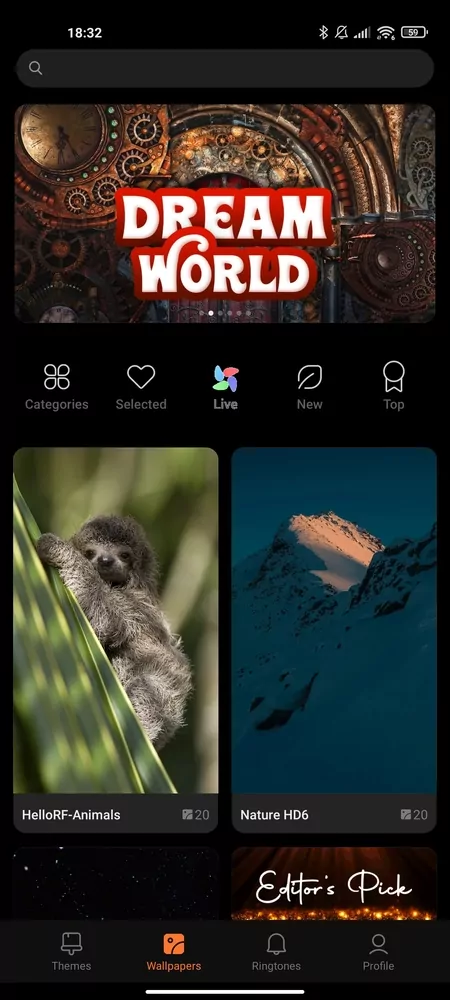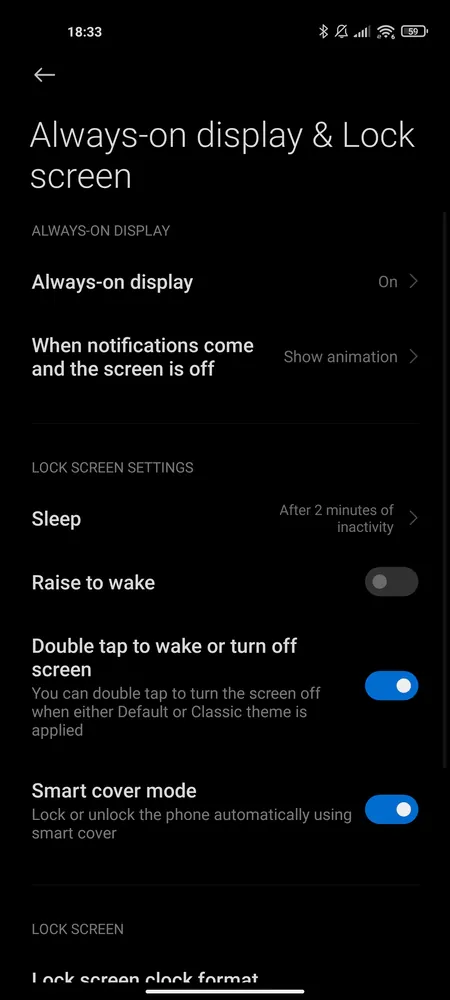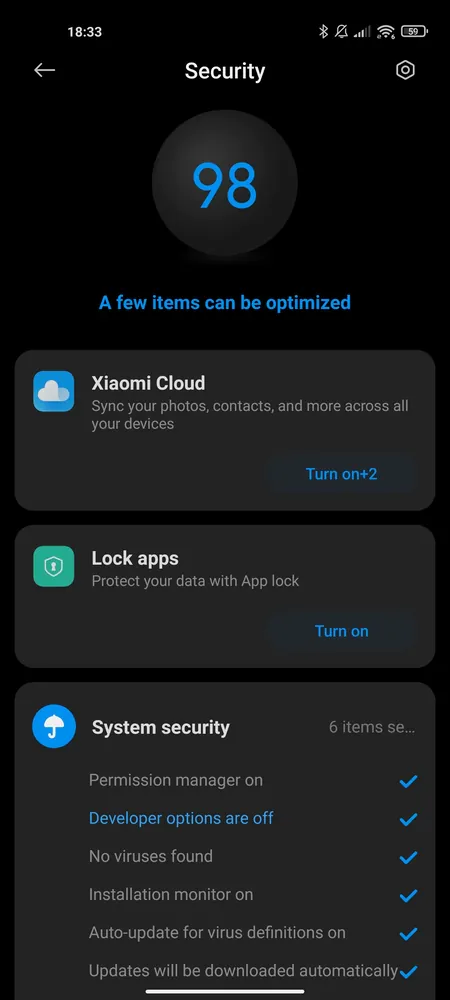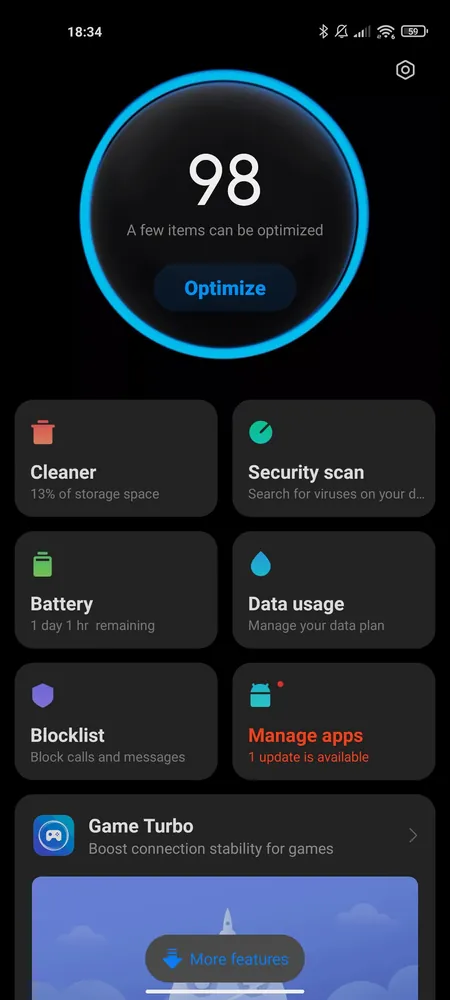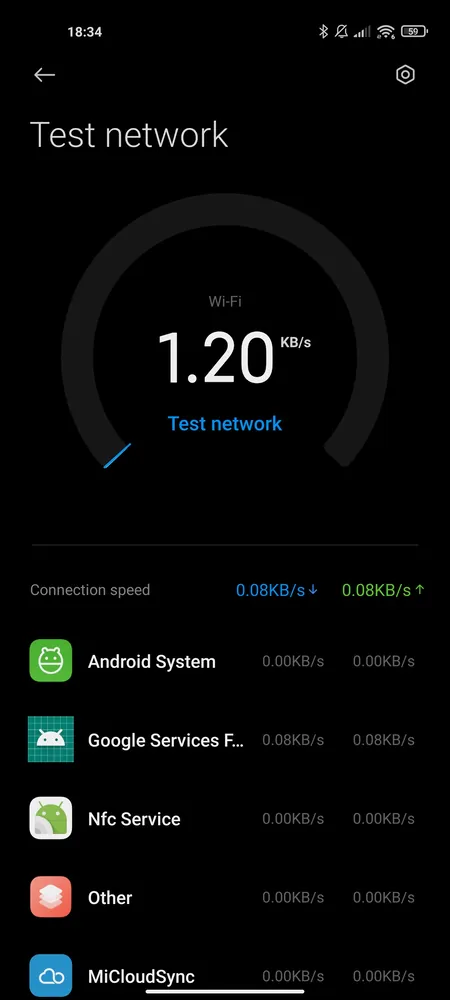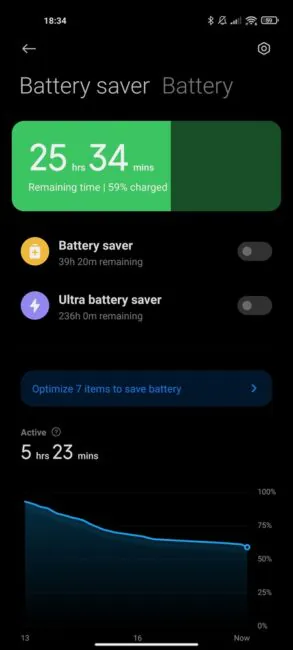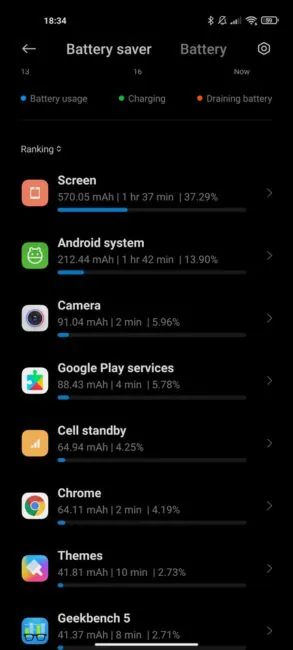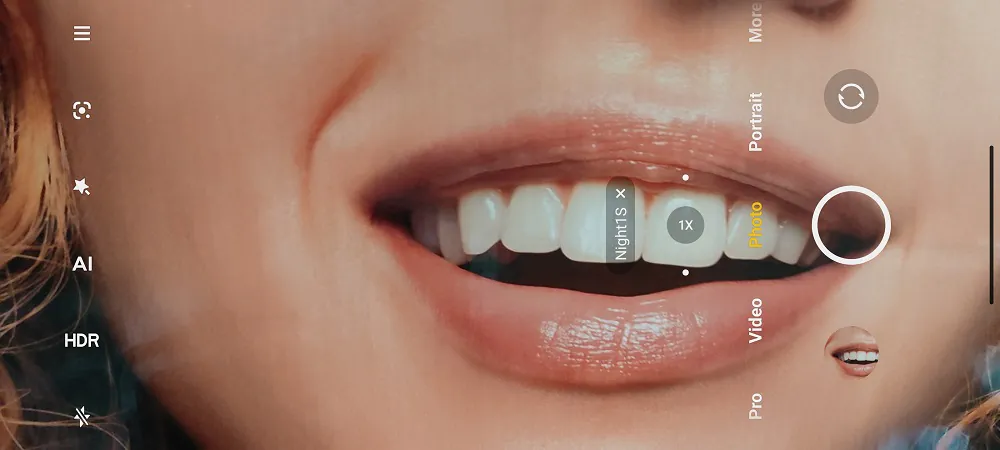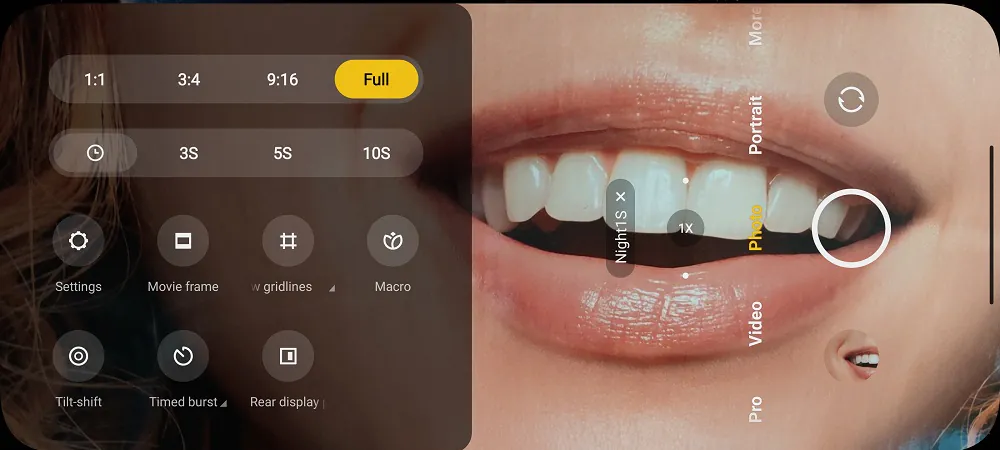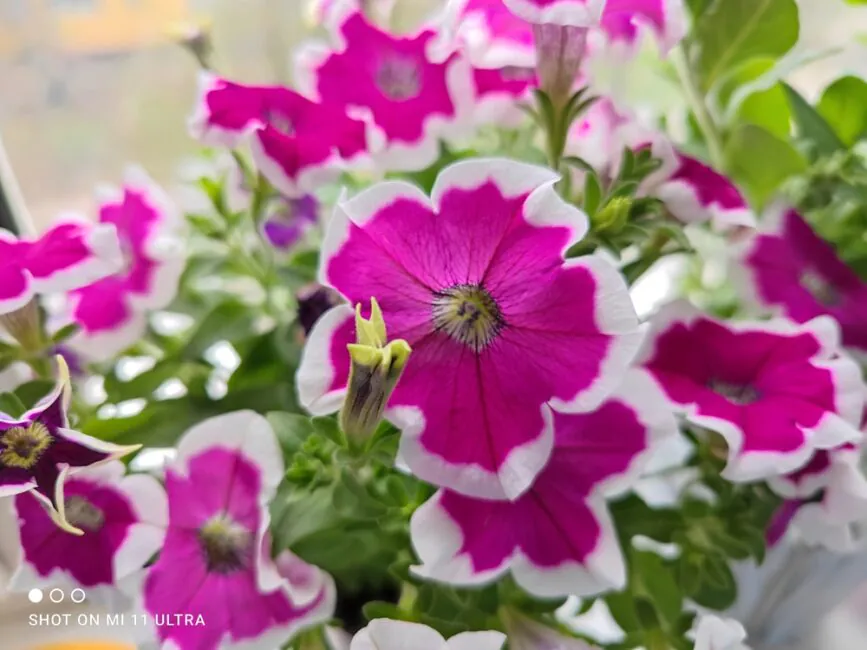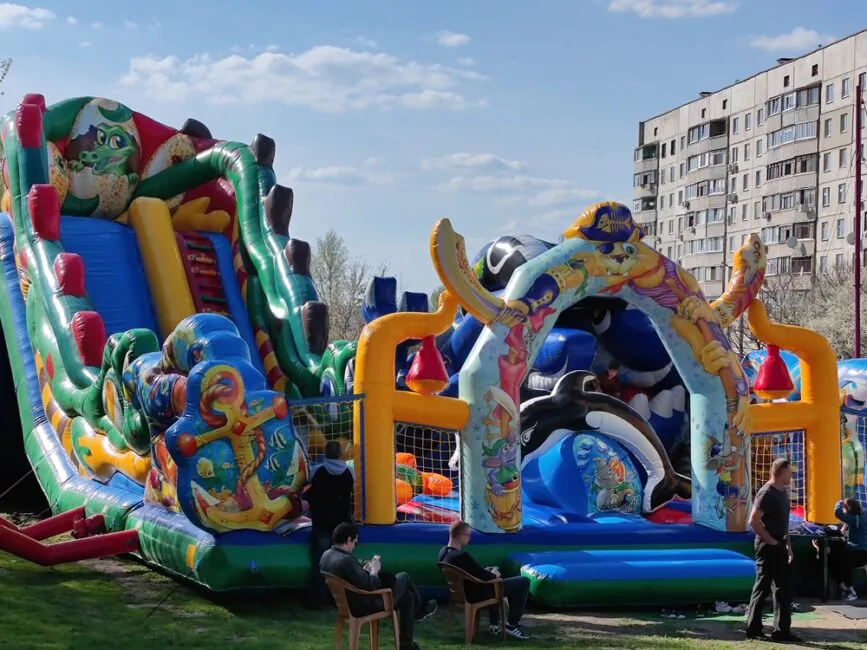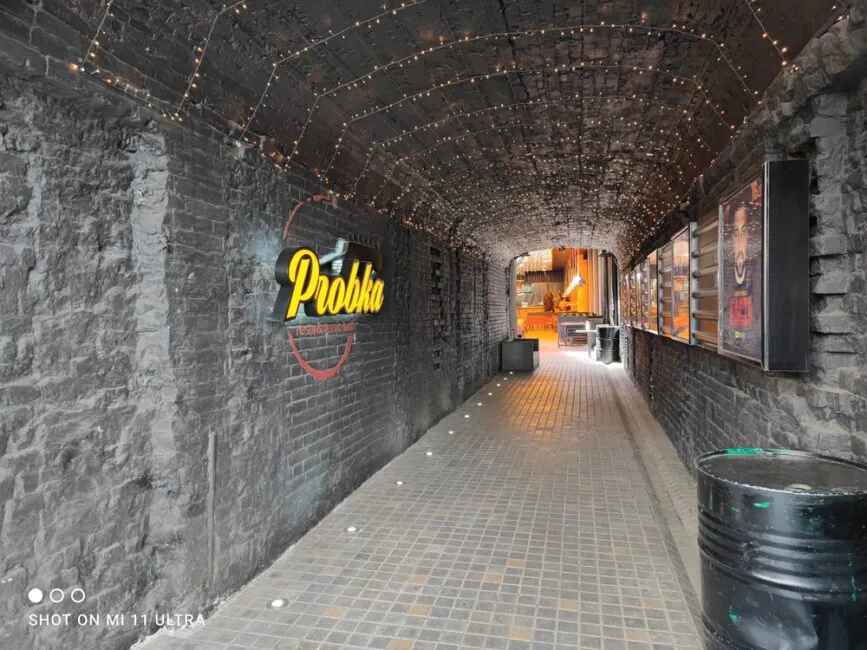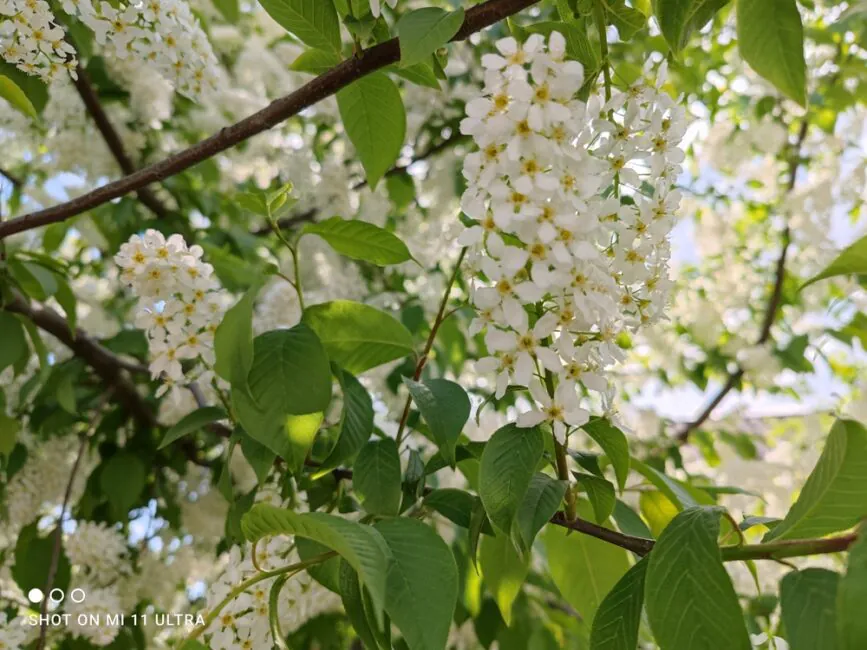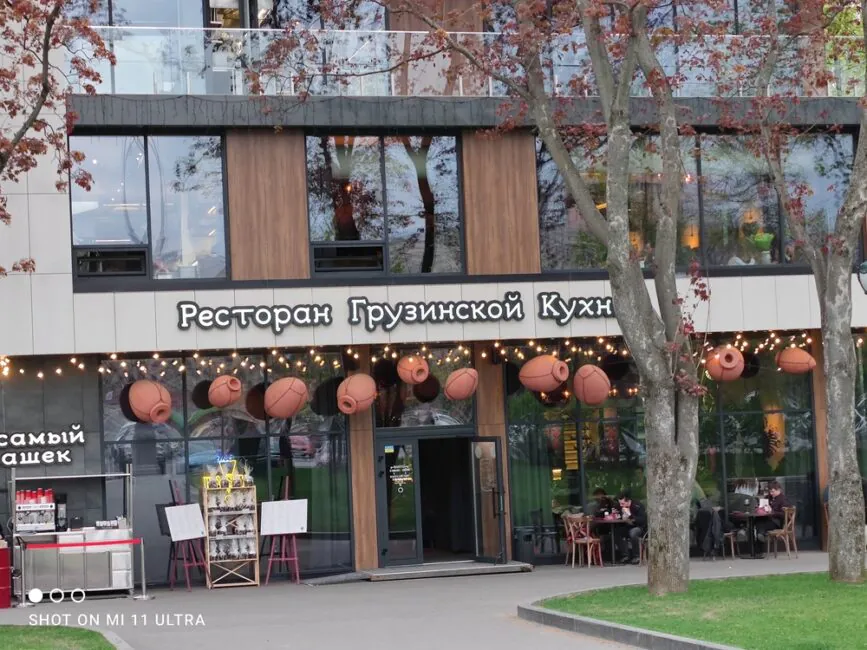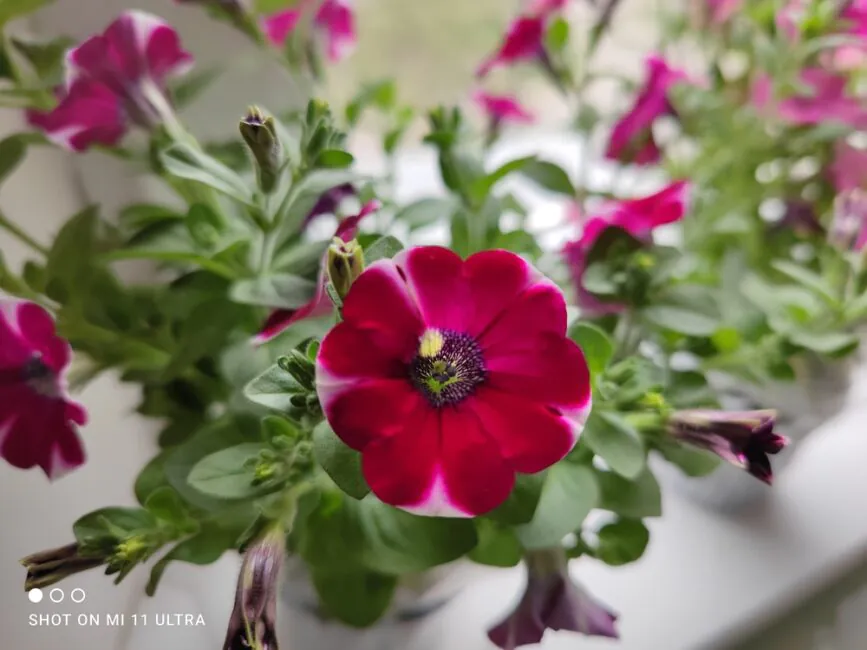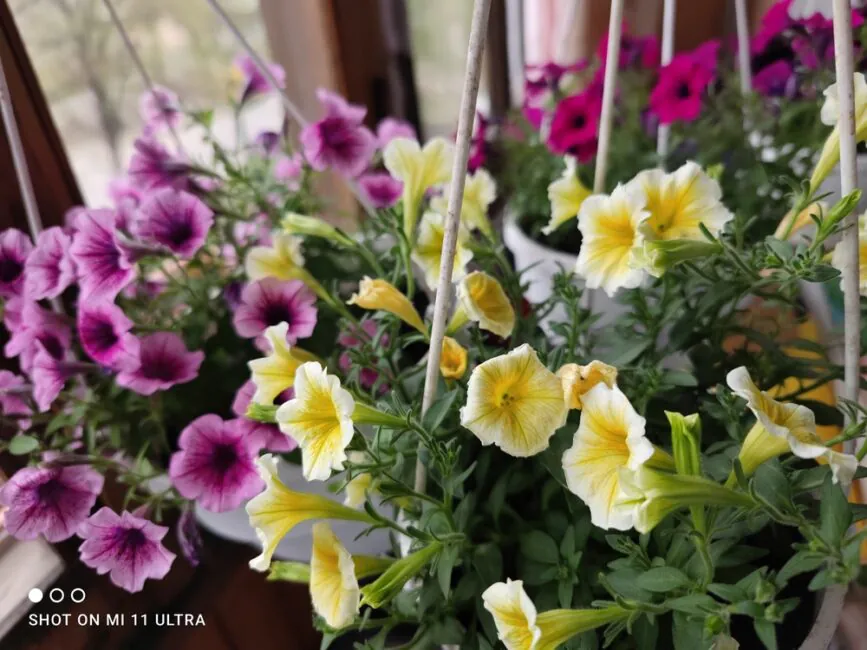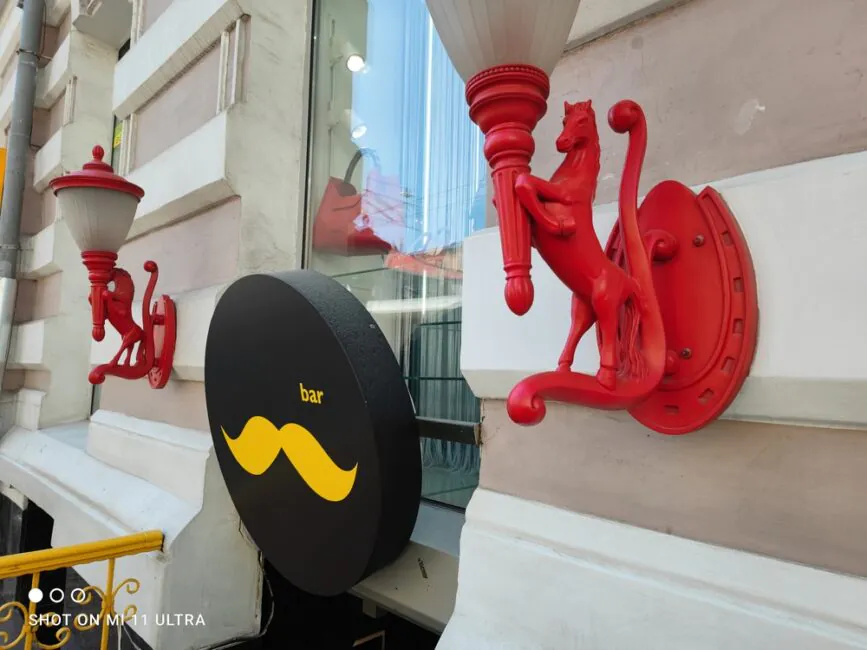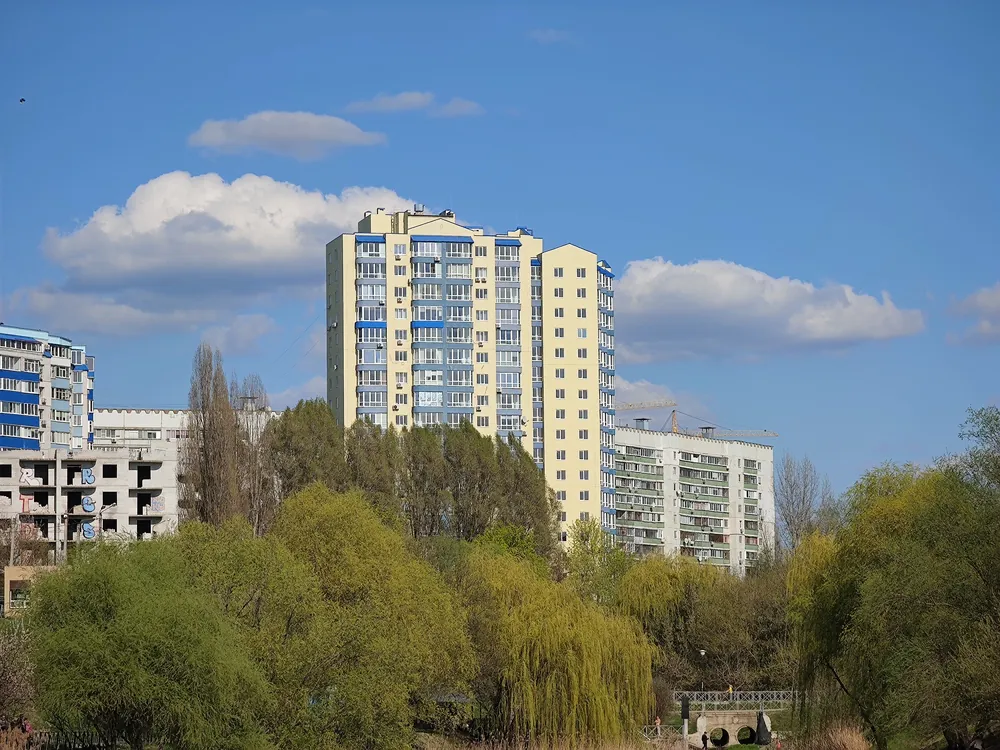© ROOT-NATION.com - Use of content is permitted with a backlink.
The Xiaomi Mi 11 Ultra is without a doubt the most modern and powerful smartphone Xiaomi has ever come out with. A true ultra flagship. The brand’s smartphones are known all over the world due to the best price-quality ratio and are extremely popular. But Xiaomi wants more, the company has always wanted to get into the elite club of manufacturers of top flagships, like Apple, Samsung or Huawei.
As the experience of recent years shows, it is not enough to have a Pro version of a flagship smartphone in your arsenal; you need to release an Ultra or Pro Max. Therefore, it should come as no surprise that Xiaomi decided to go the same way. Last year, the Ultra-version of Mi 10T was released only for the Chinese market, for which the company was mercilessly criticized by fans. In 2021, after the presentation of the new Mi 11, which Dmitry Koval already spoke about in his review, it seemed that the situation had not changed. Fans were eagerly awaiting the global presentation, and when it finally happened, the new Xiaomi Mi 11 Ultra was presented, while being proclaimed as “the new King of Android”.

And this amazing smartphone was in my hands for two weeks. Spoiler alert: This is the best flagship mobile device Xiaomi has ever released.
Full specifications of the Xiaomi Mi 11 Ultra
| NETWORK | Technology | GSM / CDMA / HSPA / EVDO / LTE / 5G |
|---|
| LAUNCH | Announced | 2021, March 29 |
|---|---|---|
| Status | Available. Released 2021, April 02 |
| BODY | Dimensions | 164.3 x 74.6 x 8.4 mm (6.47 x 2.94 x 0.33 in) |
|---|---|---|
| Weight | 234 g (8.25 oz) | |
| Build | Glass front (Gorilla Glass Victus), ceramic back, aluminum frame | |
| SIM | Dual SIM (Nano-SIM, dual stand-by) | |
| IP68 dust/water resistant (up to 1.5m for 30 mins) |
| DISPLAY | Type | AMOLED, 1B colors, 120Hz, HDR10+, Dolby Vision, 900 nits (HBM), 1700 nits (peak) |
|---|---|---|
| Size | 6.81 inches, 112.0 cm2 (~91.4% screen-to-body ratio) | |
| Resolution | 1440 x 3200 pixels, 20:9 ratio (~515 ppi density) | |
| Protection | Corning Gorilla Glass Victus |
| PLATFORM | OS | Android 11, MIUI 12.5 |
|---|---|---|
| Chipset | Qualcomm SM8350 Snapdragon 888 5G (5 nm) | |
| CPU | Octa-core (1×2.84 GHz Kryo 680 & 3×2.42 GHz Kryo 680 & 4×1.80 GHz Kryo 680) | |
| GPU | Adreno 660 |
| MEMORY | Card slot | No |
|---|---|---|
| Internal | 256GB 8GB RAM, 256GB 12GB RAM, 512GB 12GB RAM | |
| UFS 3.1 |
| MAIN CAMERA | Triple | 50 MP, f/2.0, 24mm (wide), 1/1.12″, 1.4µm, Dual Pixel PDAF, Laser AF, OIS 48 MP, f/4.1, 120mm (periscope telephoto), 1/2.0″, 0.8µm, PDAF, OIS, 5x optical zoom 48 MP, f/2.2, 12mm, 128˚ (ultrawide), 1/2.0″, 0.8µm, PDAF |
|---|---|---|
| Features | Dual-LED flash, HDR, panorama, 1.1” AMOLED selfie display | |
| Video | 8K@24fps, 4K@30/60fps, 1080p@30/60/120/240/960/1920fps, gyro-EIS, HDR10+ rec. |
| SELFIE CAMERA | Single | 20 MP, f/2.2, 27mm (wide), 1/3.4″, 0.8µm |
|---|---|---|
| Features | HDR, panorama | |
| Video | 1080p@30/60fps, 720p@120fps, gyro-EIS |
| SOUND | Loudspeaker | Yes, with stereo speakers |
|---|---|---|
| 3.5mm jack | No | |
| 24-bit/192kHz audio Tuned by Harman Kardon |
| COMMS | WLAN | Wi-Fi 802.11 a/b/g/n/ac/6e, dual-band, Wi-Fi Direct, DLNA, hotspot |
|---|---|---|
| Bluetooth | 5.2, A2DP, LE, aptX HD | |
| GPS | Yes, with dual-band A-GPS, GLONASS, GALILEO, QZSS, NavIC, BDS (tri-band) | |
| NFC | Yes | |
| Infrared port | Yes | |
| Radio | No | |
| USB | USB Type-C 2.0, USB On-The-Go |
| FEATURES | Sensors | Fingerprint (under display, optical), accelerometer, gyro, proximity, compass, color spectrum |
|---|
| BATTERY | Type | Li-Po 5000 mAh, non-removable |
|---|---|---|
| Charging | Fast charging 67W, 100% in 36 min (advertised) Fast wireless charging 67W, 100% in 39 min (advertised) Reverse wireless charging 10W Quick Charge 4+ Power Delivery 3.0 |
| MISC | Colors | Ceramic White (Cosmic White), Ceramic Black (Cosmic Black) |
|---|---|---|
| Models | M2102K1G | |
| Price | $ 1,299.99 / € 1,655.85 |
The issue of price
I would like to start the review with news that confused many supporters of smartphones from Xiaomi. This is the cost of the new Mi 11 Ultra. The 12/256 GB modification will cost you about $1632. Yes, this is a lot, given the previous policy of the company, from which high-quality, but inexpensive, even flagship devices were always expected. Therefore, many of my colleagues and acquaintances were somewhat shocked. But you need to understand that such a smartphone cannot be cheap if a brand wants to get into an elite club. Yes, it is really very expensive and not everyone can afford it.
But believe me, this is truly one of the most powerful smartphones available today, probably one of the best on the market. Perhaps Xiaomi will soon reduce the price of its Ultra-flagship, as is often the case with mobile devices of this company. So let’s get to know it better.
Read also: Xiaomi Mi 11 Review: True Flagship
Impressive design
In recent years, we got used to the appearance of modern smartphones, which differ little from each other. Yes, some of the manufacturers are experimenting, sometimes offering us controversial solutions that will either get support or remain just an experiment.
The new Xiaomi Mi 11 Ultra will definitely not leave anyone indifferent in terms of design. Even at first glance, it has all the attributes of a modern smartphone. It’s a large, powerful flagship device that instantly gives the impression of a premium gadget. The front and side of the Mi 11 Ultra is very similar to the Mi 11, the only difference is on the back. The smartphone is available in two colors: Ceramic White and Ceramic Black.
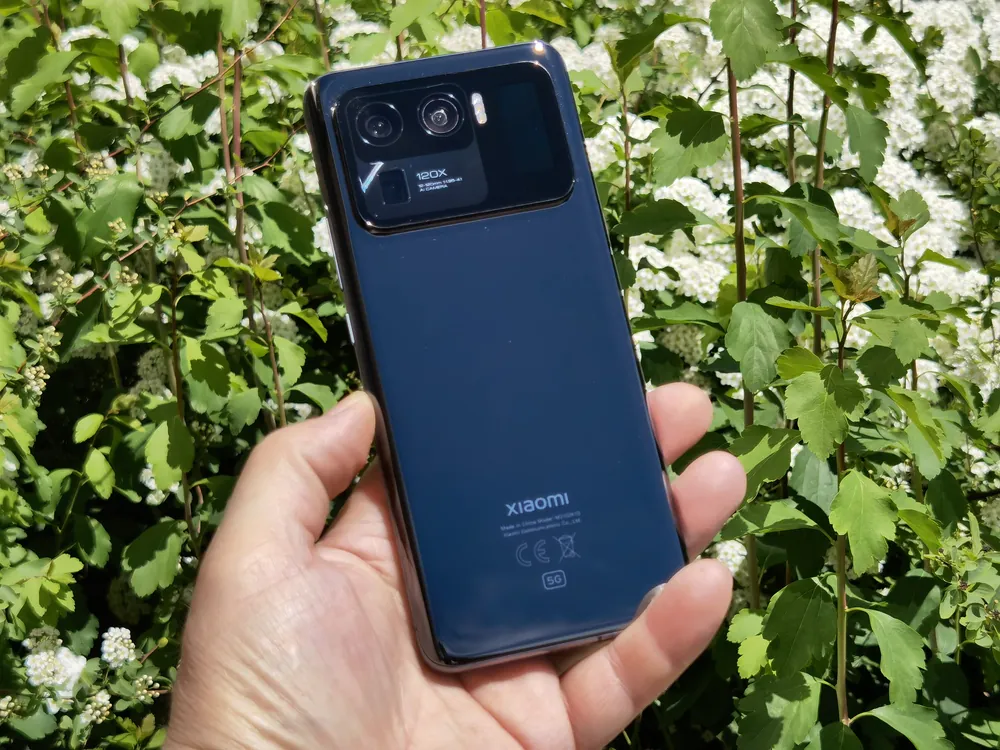
The almost unwritten rule is the presence of glossy case surfaces. This phone is not only a fingerprint magnet, but also a dust magnet, too. Once you come to terms with the fact that your smartphone will remain beautiful for just a moment, you will begin to notice other things as well.
For example, the fact that a mobile phone is comfortable to hold, despite its impressive dimensions. Xiaomi opted for a slightly rounded front and back that your palms will certainly appreciate. Also, you will immediately feel the weight of almost 234 g, which is really unpleasant at first. Especially in the area of the camera module. However, after a few days you will get used to it and will definitely not pay attention to the weight. You really shouldn’t get too hung up on this, because competitors from Samsung or Apple are not lighter.
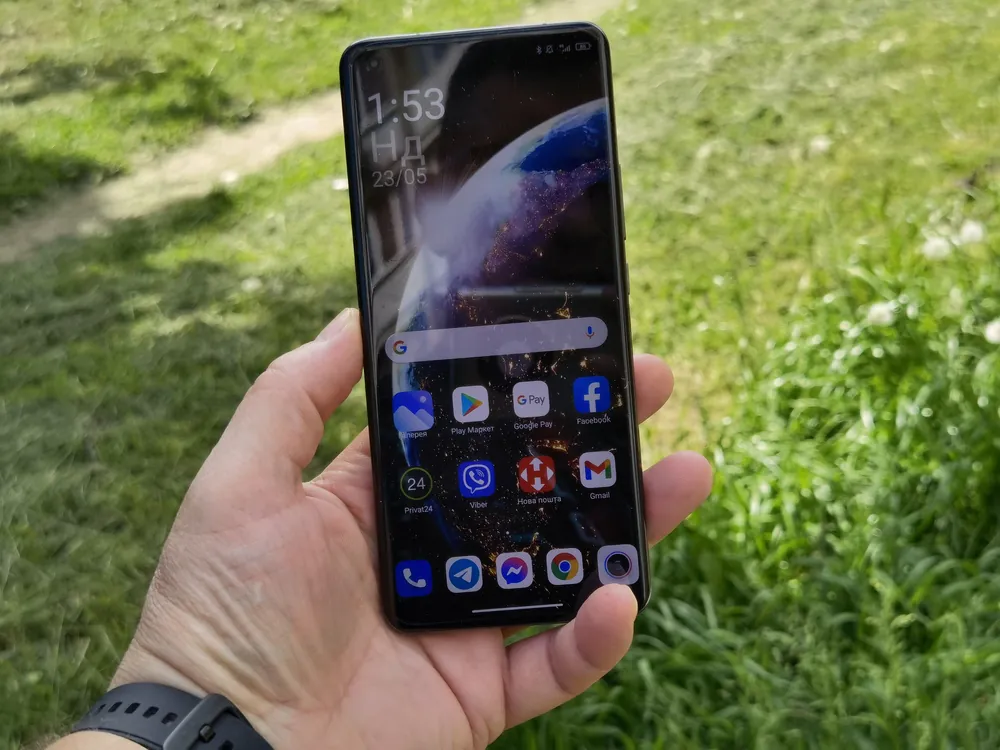
It is certainly impossible not to notice the incredibly large camera unit located on the back. When I first saw the pictures of the Mi 11 Ultra, I thought it was a large camera module on the back to which a smartphone is attached. A mirrorless camera with the ability to make calls. The camera unit is really massive, it is hard not to notice it right away and, of course, it will surprise many users, dividing them into two camps: supporters and opponents of such an innovation. It runs almost the entire width of the back of the smartphone and contains three lenses and a periscope for telephoto. There is also an LED flash and a small secondary display, which is placed to the right of the cameras. This is a small AMOLED display that shows the time, date and battery power, and can additionally serve as a preview of a photo. I acknowledge the practical application of such a solution.
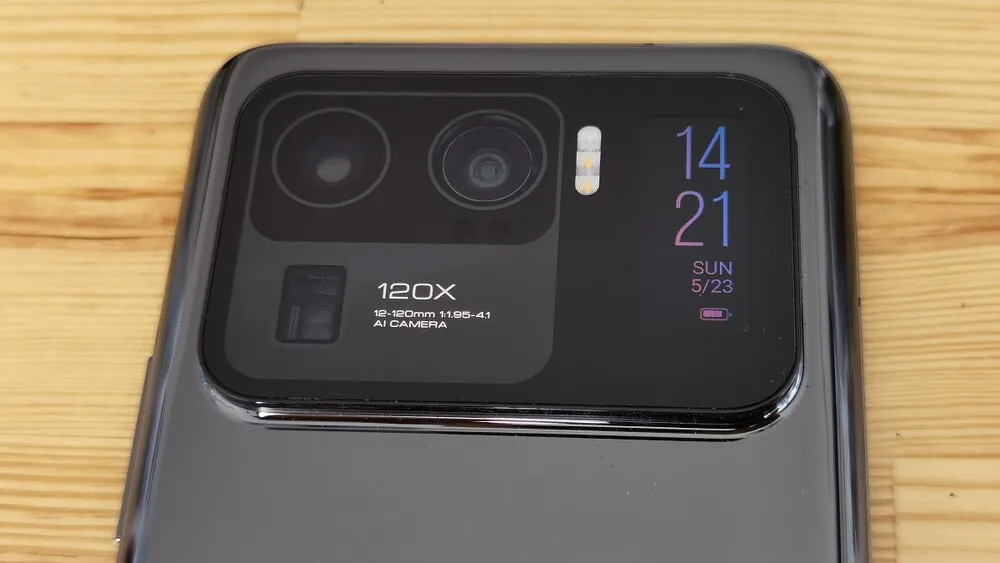
You will have to get used to holding the device, because the huge “island” for cameras on the back of the smartphone gets in the way of your fingers. Due to the symmetry of this island, the gadget is stable when placed on a flat surface. Another win.
Read also:
People like to argue about ergonomics, but I had no problem with that. When it comes to build quality, there is nothing to complain about either. A metal frame connects the ceramic back and Corning Gorilla Glass Victus at the front. Yes, the back is ceramic, which certainly adds a touch of luxury. Unfortunately, it is not matte, as is the case with the Mi 11, but has a smooth reflective surface. Personally, I would have preferred to have a matte finish that is less likely to collect fingerprints, which are often left on the back, and the phone itself tends to slip out of your hands. In addition, the housing is waterproof and meets the IP68 standard. This is the first Xiaomi smartphone to receive this protection standard.
I am glad that only the Xiaomi logo is placed at the bottom on the global variant of Mi 11 Ultra, and not other unwanted information that spoiled the Chinese version. The smartphone received the same dimensions as the Mi 11 (164.3×74.6 mm), only the thickness increased from 8.1 mm to 8.4 mm (in place of the camera, however, it is almost 11 mm).

While the display panel is truly gigantic, the smartphone isn’t that huge. The display occupies an impressive 91.4% of the frontal area, therefore, our hero is truly bezel-less. Of course, it’s not without a circular notch for the selfie camera, but it is quite small. The display is not straight, curved at the sides, as is Mi 11. Personally, I really like it, the smartphone looks even thinner, and the bezels are almost invisible. You’re wasting your time looking for an LED notification light, as it simply isn’t there. When a notification arrives, it uses the Always On Display.
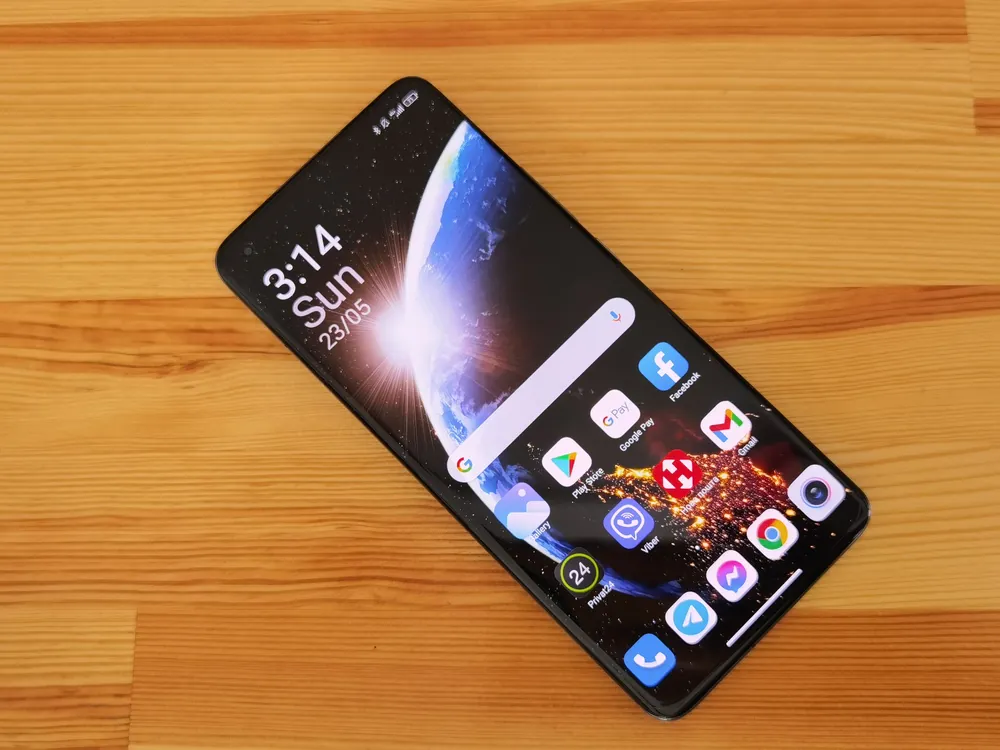
The edges are made of aluminum, the bottom and top are straight, so the phone can stand on the table by itself. The bottom of the wide aluminum frame houses a USB Type-C port, a slot for two nanoSIM cards and the main speaker.

The volume and power buttons are located on the right, despite the impressive dimensions of the device, they are quite convenient to use.
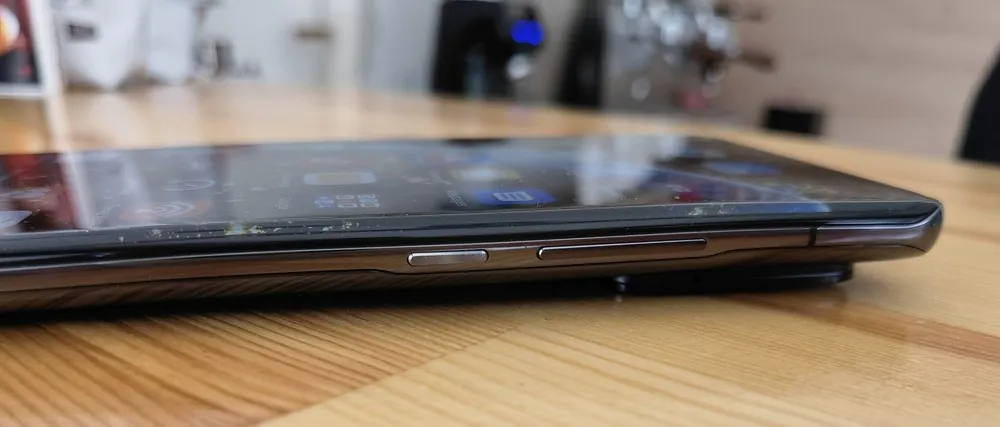
Above is the second part of the speaker, an additional microphone and an IR emitter. There is also the Harman Kardon brand logo placed next to the top speaker.
I was pleasantly surprised by the ergonomics of the smartphone. I expected the worst. On the first day of use, it seemed as if the device was tilting forward all the time due to the massive block of cameras, but over time this problem disappeared and I really fell in love with this gadget. Yes, it’s huge, but very easy to use, even without a protective case.
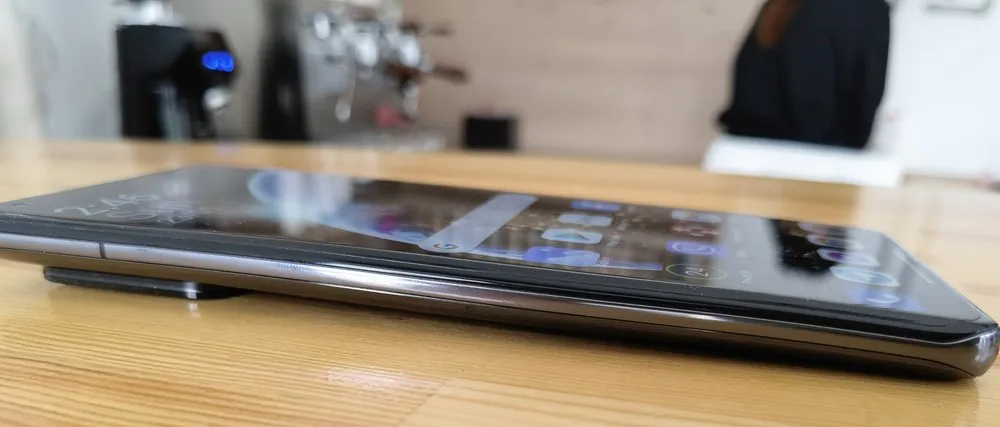
Does the smartphone look premium? Yes, from the first second you understand that this is a flagship. It has it all: from body materials to build quality. For the first time in my life, I realized that I would not mind having just such a gadget from Xiaomi. Previously, they always lacked something, but now this feeling is not there.
Additional screen on the back
There is one more surprise hidden in the photo module on the back. It is an optional color touch screen. This is the same panel that was used in the Xiaomi Mi Smart Band 5 fitness tracker. The 1.1″ screen is mainly intended to show notifications or a preview in case you want to take a selfie with the main camera.
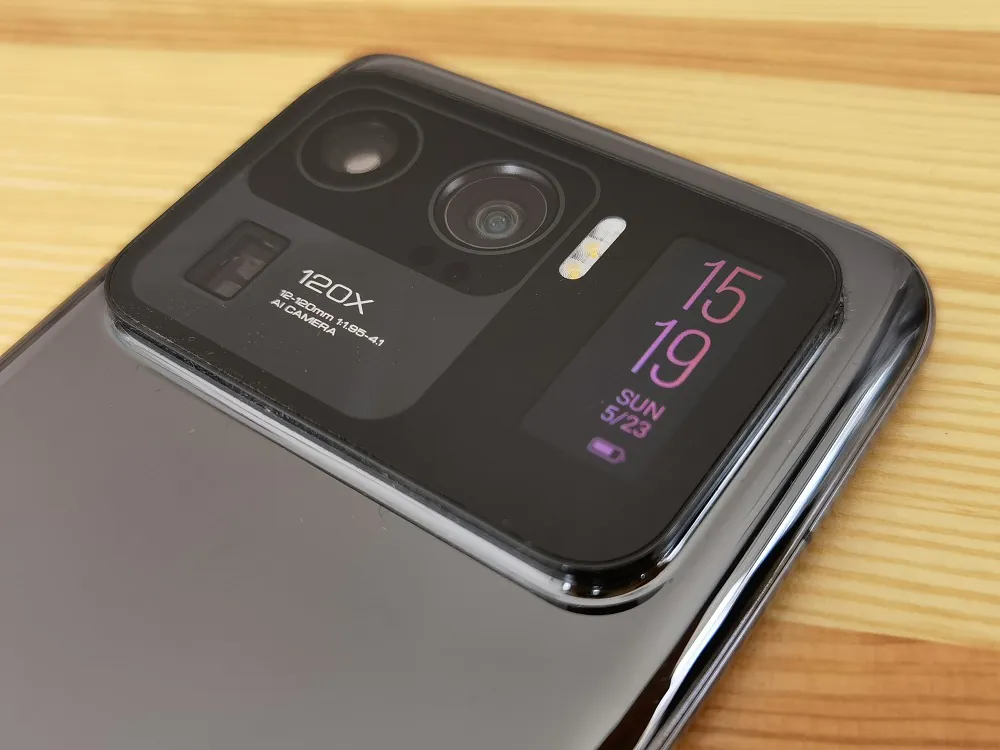
The AMOLED panel has a resolution of 126×294 pixels and a maximum brightness of 450 nits. The clock display style can be changed to your liking. However, it knows how to show not only the time and date, but also text, images, etc. Unfortunately, you will not be able to view the alerts on the screen, only a small dot will indicate that someone wrote a message. But I do not exclude that Xiaomi will add this feature in upcoming software updates.
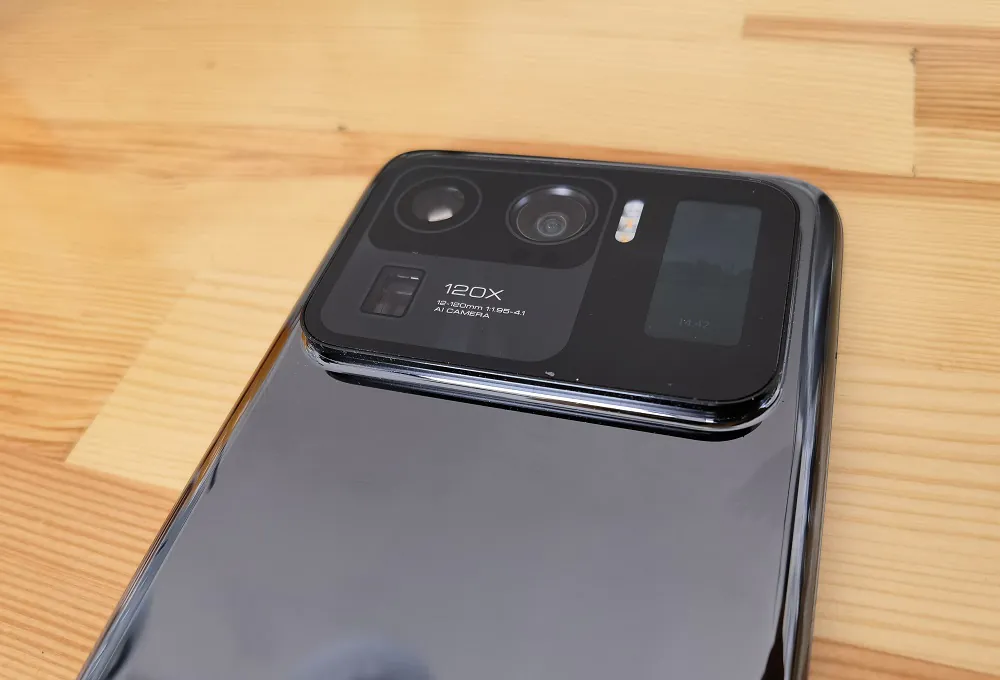
The display is touch-sensitive, but it is almost impossible to control it, because the main task is to display information. Activation takes place with a double tap. After a while, the screen turns off by itself. Taking selfies is also not very convenient. It would be useful, for example, to activate camera by showing the palm, as is the case with the front selfie camera.
Read also:
It is worth noting that the Mi 11 Ultra is not the first smartphone with an additional display. Yes, such displays were mostly found on less commercially successful models. Will Xiaomi manage to set a new trend only time will tell, but they are definitely moving in the right direction.
120 Hz WQHD+ Display
The Xiaomi Mi 11 Ultra has almost the same display as the Mi 11. It measures 6.81 inches diagonal with an aspect ratio of 20:9. Its resolution is WQHD+ (3200×1440 pixels) and its density is 515 ppi. It is a 10-bit AMOLED panel that has rounded corners and slightly rounded long sides. The entire display surface is covered with a heavy-duty protective Gorilla Glass Victus.
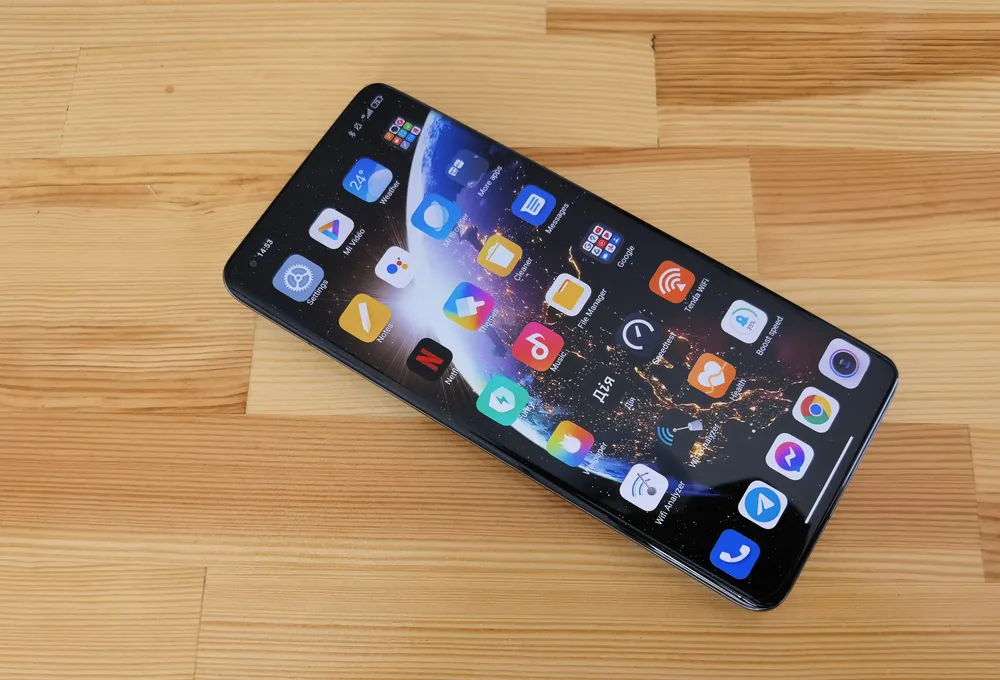
The maximum brightness is 900 nits (up to 1,700 nits for a short time), which beats the Mi 11 and Samsung Galaxy S21 Ultra. Thus, the contents of the screen are perfectly readable even in direct sunlight.
The display is absolutely lovely and I have nothing to complain about. It delivers rich colors, wide viewing angles, great readability in all conditions, HDR10+ support, and now Dolby Vision.
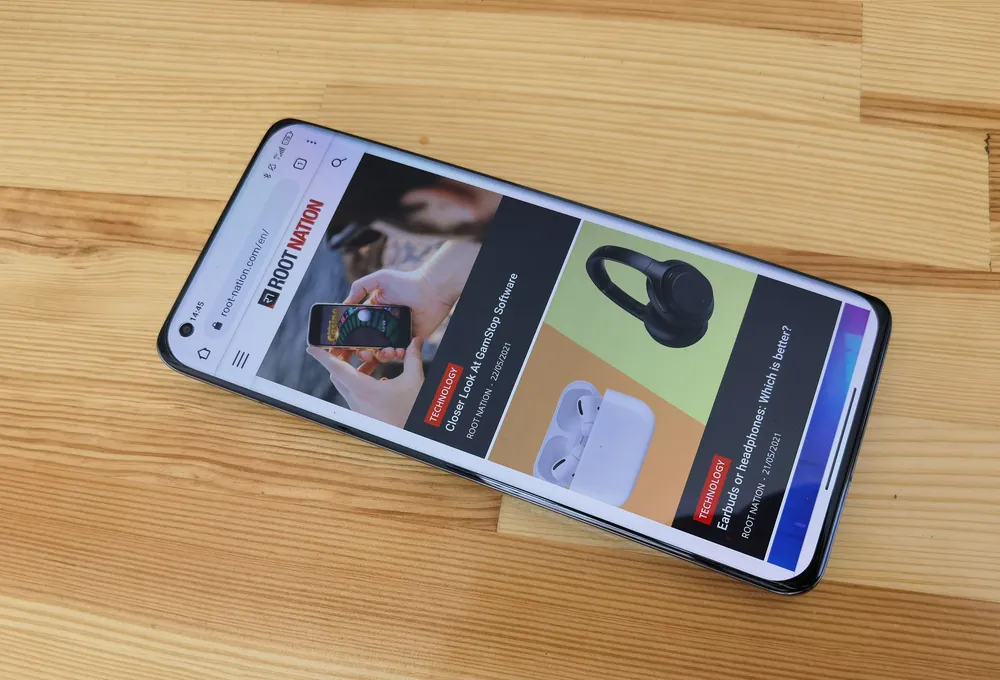
Another significant benefit is the 120Hz refresh rate, which can be activated even for WQHD+ resolution. This is great because the animations will be smoother and images will be fine-tuned to the smallest detail. True, there is no way to choose a frequency of 90 Hz, which would lower power consumption.

If you want to save power, you need to select the standard 60Hz frequency. In addition, the WQHD+ to Full HD+ auto downscaling feature can also be useful for additional power saving. The touch surface scans your fingers at 480Hz, which is pretty impressive too.
In-display fingerprint scanner and face unlocking
Like the Xiaomi Mi 11, there is a fingerprint scanner in the display. It seems to me that its absence would be stranger than its presence. Manufacturers have already taught us that such a scanner appears even in devices of the mid-budget segment, and Xiaomi Mi 11 Ultra is not just a flagship, but an ultra-flagship. This is an optical scanner, which is even slightly faster than the one installed in the classic version. I almost had no problem unlocking my smartphone using fingerprints. Why almost? The fact is that sometimes problems arose when the fingers were wet or sweaty. But let’s not forget that this isn’t the commercial model.
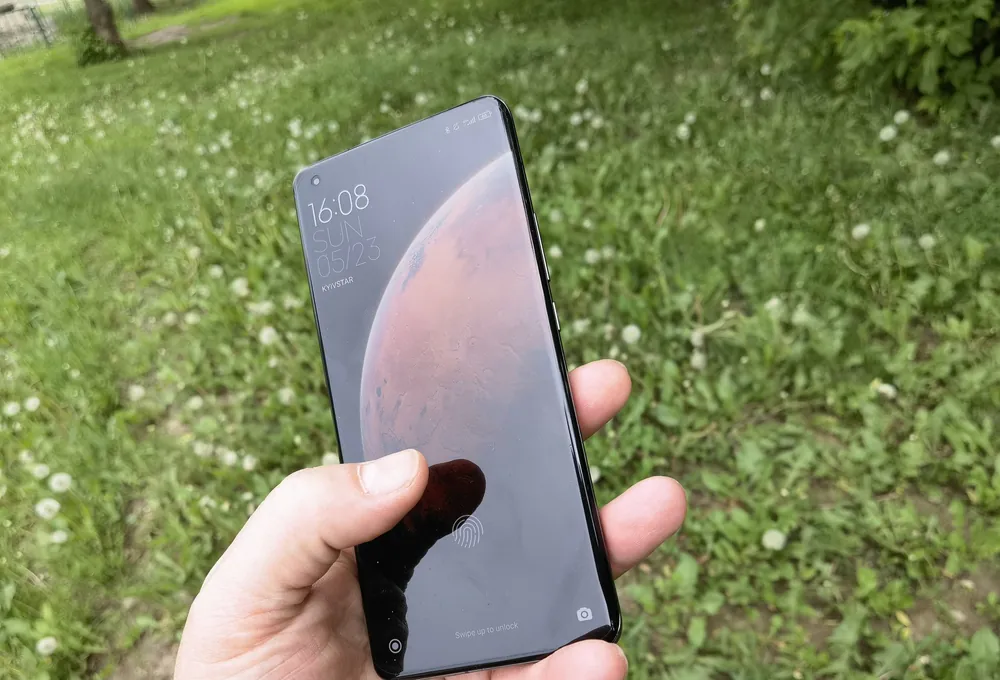
Unlocking with the face works great. Everything works instantly and without issues. Yes, this is a 2D face scan, which is not as safe to use, but it is a quick and convenient form of protection that works reliably even in the dark or when turning the smartphone.
Nice stereo from Harman Kardon
The Mi 11 series is known for collaboration with the Harman Kardon brand, so it should come as no surprise that the Ultra has two speakers, a top and a bottom, and has no audio issues. The sound is really very pleasant, powerful, spacious. I always attach great importance to the sound of a smartphone, because sometimes I listen to music just through the speakers when the device is lying on the table. The same goes for watching YouTube videos. I had no complaints about the sound from the Xiaomi Mi 11 Ultra.
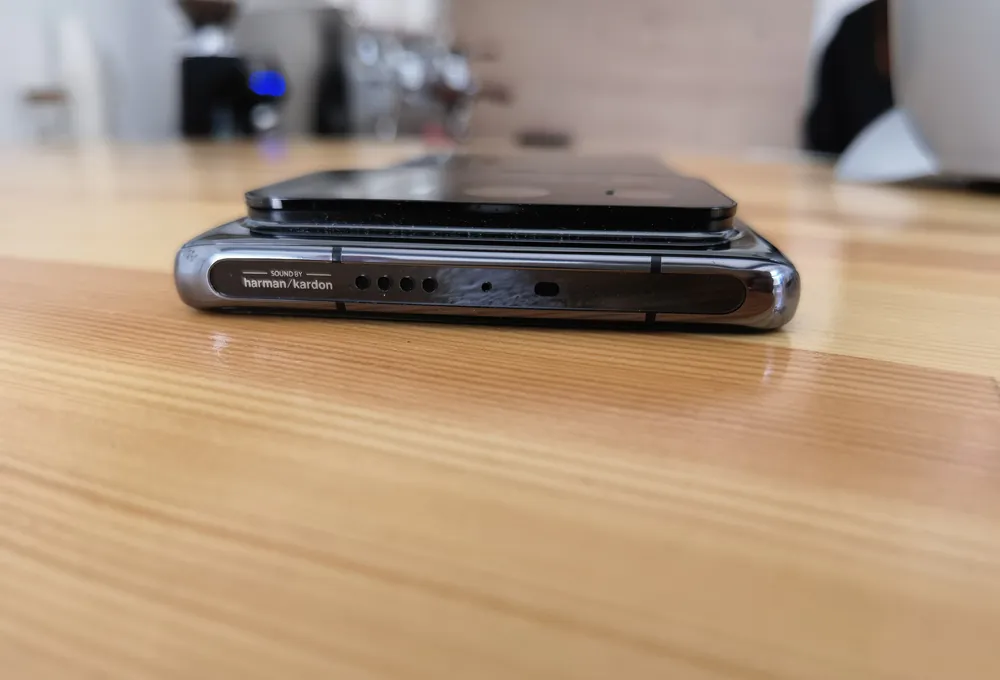
Yes, perhaps there was a lack of bass and individual timbres of sound, but basically the sound is in complete order. Unfortunately, the smartphone lacks the classic 3.5mm jack for wired headphones. But modern TWS headphones can already do a lot, so there will definitely be no problems listening to music on Spotify.
The Xiaomi Mi 11 Ultra and its impressive hardware
The smartphone is powered by the 5nm Qualcomm Snapdragon 888 chipset (1×2.84GHz Kryo 680, 3×2.42GHz Kryo 680 and 4×1.80GHz Kryo 680), which provides high performance and efficiency. The Adreno 660 with 8 GPUs is responsible for the graphics. The Ultra received 12 GB of LPDDR5 RAM and 256 GB UFS 3.1 memory, and there is no memory card slot.
You can count on perfect gaming performance and general use. In the AnTuTu test, the device scored over 710,000 points. This puts it among the most powerful smartphones on the market. During the entire testing period, I did not notice a single system crash, slowdown or freezes. Of course, the speed is also helped by the 120Hz refresh rate.
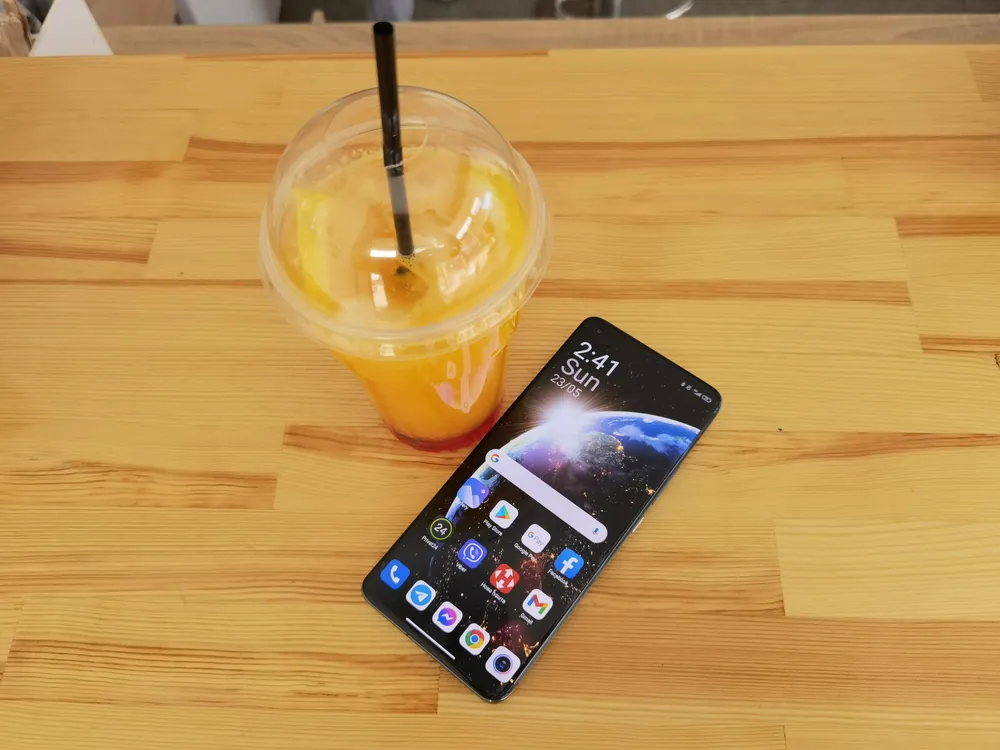
You will love playing on the Xiaomi Mi 11 Ultra. Big screen, powerful hardware, good ergonomics. During games, the chipset is cooled by LiquidCool technology using an evaporator chamber. Only under heavy load does it happen that the smartphone heats up a little, but still to an acceptable temperature. In most cases, it is cold. Sometimes I felt the camera heat up when I shot a lot of videos at different resolutions.
Read also: Xiaomi Mi Smart Band 6 review: A new fitness tracker with SpO2 Sensor
Despite the fact that the smartphone has a display with a frequency of 120 Hz and high resolution, all games work perfectly on it, down to the smallest detail. Rest assured, any game available in the Play Store will run on the highest settings. I can say that the performance is more than satisfactory.
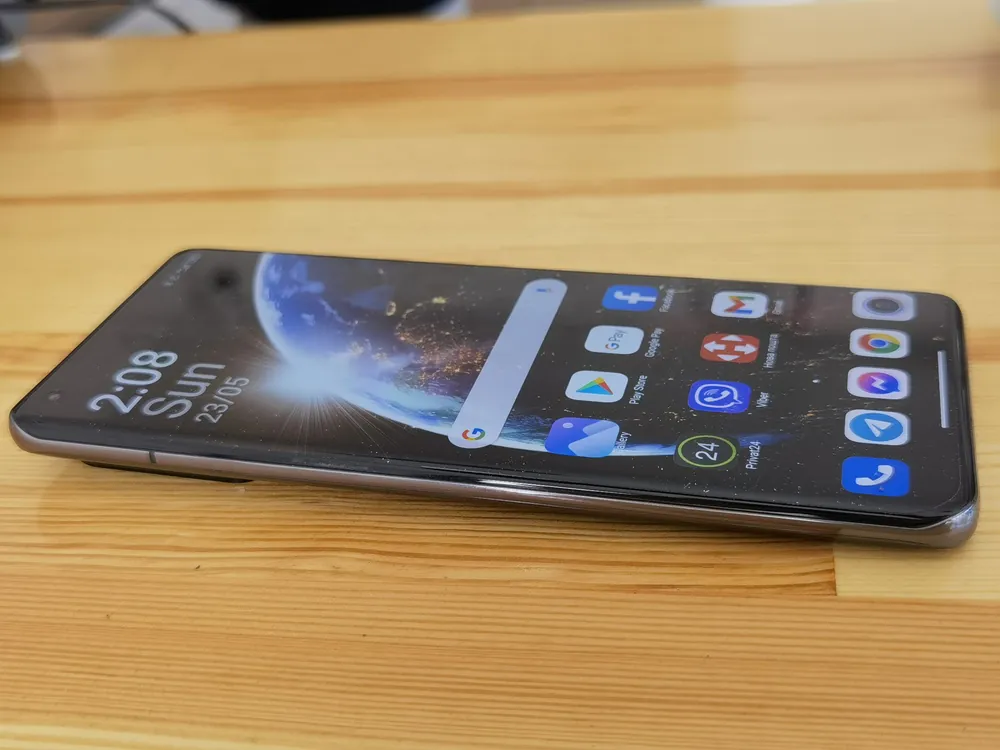
The Mi 11 Ultra handles your daily tasks without any problems, and it’s well suited for gaming (although the weight and size of the phone are an issue) and has no problems with the cooling system. I want to add that the flagship has support for 5G networks, all local LTE standards (VoLTE, VoWiFi), GPS, Wi-Fi in the 6e standard, an infrared port for controlling consumer electronics, Bluetooth 5.2 and NFC. Before us is one of the most modern and powerful smartphones on the market. I don’t even know what could significantly affect its work.
Android 11 and MIUI 12
Right out of the box, Xiaomi Mi 11 Ultra has the Android 11 operating system, which is traditionally complemented by its own MIUI 12 shell, this time version 12.0.6. An update to the latest MIUI 12.5 is expected in the future. The speed of the system can be summed up in one word – first-class. Its own shell is very nice, everything is neatly designed and user-friendly, especially if you are a fan of Xiaomi mobile devices.
Of course, the system has a few additional features. You can also use gesture controls, themes, one-handed controls, Game Turbo mode, or Second Space (for example, to separate corporate and private affairs).
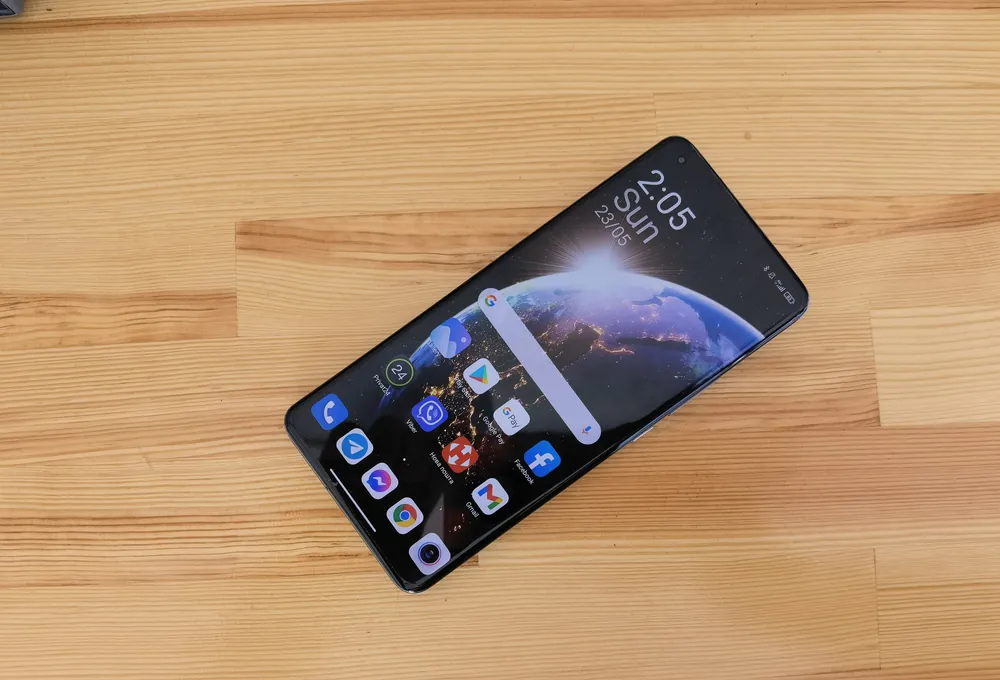
The MIUI 12 shell itself, in my opinion, is difficult to objectively assess. On the one hand, MIUI is unchanged in terms of appearance (inspired by iOS) and, in my opinion, is just good. The ability to customize the system is enormous, and such things as the memory full indicator that tilts along with the phone, or app icons thrown aside when apps are deleted near them, testify to the creators’ attention to detail.

And there are a lot of such features. But not everything is polished, and message notifications don’t align with the reply button. Or cool wallpapers that are really impressive, but almost always turn off automatically after 2-3 days.
I will not say that I did not like MIUI 12, but it takes a long time to get used to it. I might have been able to get used to it if it weren’t for the fact that Xiaomi, instead of just adding new features to Android, unfortunately actively removes what I like and can easily be found on other smartphones. I’m talking about silent notifications or media controls with quick settings right. The moments I listed above will not cause inconvenience to people who have been using MIUI for a long time, but if you want to switch to Xiaomi from another brand, then you should remember this.
The Xiaomi Mi 11 Ultra battery life and quick charging
Inside the device is a 5,000mAh battery (the Mi 11 has 4,600mAh). Thanks to this and good optimization, the smartphone is able to work for a whole day on a single charge, even with fairly demanding use. During normal operation, you get a runtime of about a day and a half, perhaps even up to two days. I didn’t manage more than one and a half, but the rhythm and style of use is different for everyone. Power management only offers basic battery saving, battery optimization, or power on/off settings.
It is clear that battery life depends a lot on usage style. Personally, I quite often had about 30% of the capacity left in the evening, so I mainly charged it in the morning. Of course, if you really stress your smartphone, and constantly use the 120Hz mode and the QHD+ resolution and other functions that drain the battery, then its charge will only last for one day. But the smartphone will definitely survive the working day, I guarantee it. In the case of a game, the battery might die in 5-6 hours, and also depending on the complexity of the gameplay.
However, the Mi 11 Ultra has 67W very fast charging with support for Power Delivery 3.0 and Quick Charge 4+ (the Mi 11 only supports 55W), so you can charge the device to 60% capacity in 16 minutes, and a full charge takes only 36 minutes. The speed is fantastic!
| Battery level | Time to charge, min |
|---|---|
| 10% █ ░ ░ ░ ░ ░ ░ ░ ░ ░ | 2 |
| 20% █ █ ░ ░ ░ ░ ░ ░ ░ ░ | 5 |
| 30% █ █ █ ░ ░ ░ ░ ░ ░ ░ | 7 |
| 40% █ █ █ █ ░ ░ ░ ░ ░ ░ | 10 |
| 50% █ █ █ █ █ ░ ░ ░ ░ ░ | 12 |
| 60% █ █ █ █ █ █ ░ ░ ░ ░ | 16 |
| 70% █ █ █ █ █ █ █ ░ ░ ░ | 20 |
| 80% █ █ █ █ █ █ █ █ ░ ░ | 25 |
| 90% █ █ █ █ █ █ █ █ █ ░ | 33 |
| 100% █ █ █ █ █ █ █ █ █ █ | 36 |
Camera: One of the big boys now
Before I start talking about the most interesting aspect of the Xiaomi Mi 11 Ultra, namely the cameras, I would like to briefly mention the camera app, which has been slightly improved and offers several interesting features. Of course, the app can be controlled by gestures to switch between many modes. It also offers live tips that can alert you to lens being dirty, orientation, or suggest which camera to choose for better scene capture.
Also directly in the app there is a built-in Google Lens function. The following modes are available: auto, portrait, 50MP (for all 3 rear cameras), night, document scan, panorama, time lapse, long exposure, supermoon and cloning. Long exposure is used to capture milky running water and various light games. The cloning feature ensures that a person appears multiple times in the same image.
Read also: Xiaomi IMILAB KW66 smartwatch review: Lots of Style, Few Features, Good Battery Life
Among the shooting modes, we can find a short video that contains several different filters and a kaleidoscope function, as well as a VLOG function, which contains several templates for shooting short videos, for example, for Instagram. I liked the Movie Effects mode, which includes cloning, background freezing, the Hitchcock effect, parallel worlds, and motion freezing.
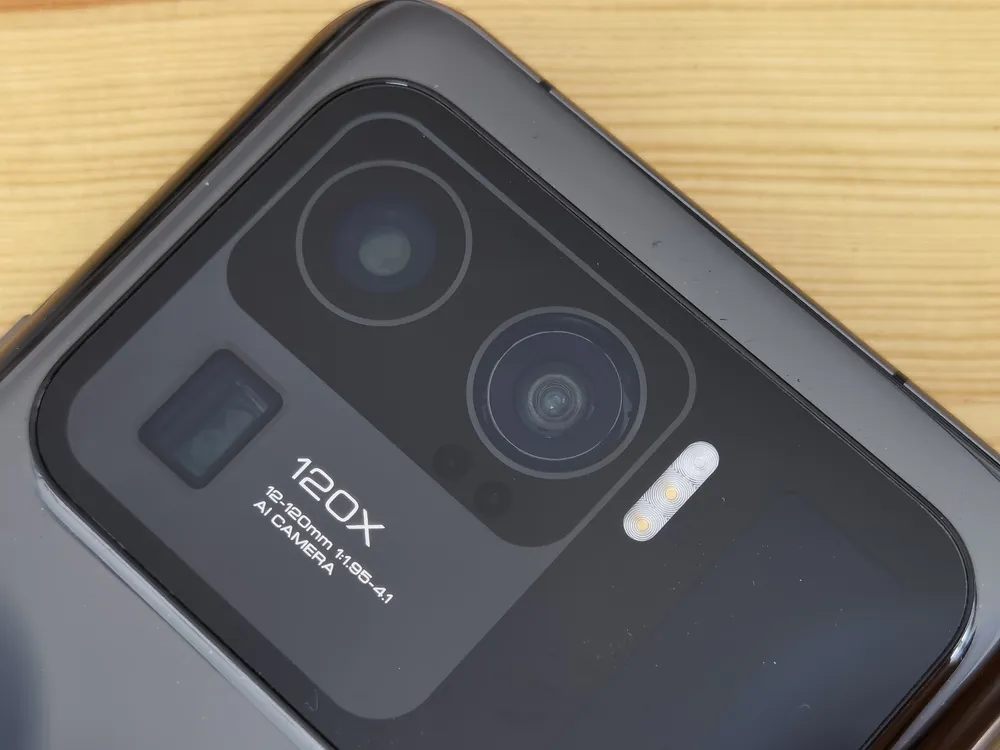
The trio of cameras on the back in the case of the Xiaomi Mi 11 Ultra definitely makes sense. The manufacturer decided that it will not use the 108-megapixel sensor that we saw in the Mi 11 as the main one, and relied on a completely new sensor from Samsung – the largest ever used in a phone. It has an incredible 1/1.12″ sensor that breaks the Nokia PureView 808 record with its 1/1.2″. If you believe the DxOMark info, which we don’t always do, then Xiaomi Mi 11 Ultra takes the first place in the camera rating.

The main camera has a resolution of 50 megapixels, a focus of 24 mm, a pixel size of 1.4 microns, an aperture of f/1.95, optical image stabilization and laser focusing dToF. In turn, the ultra-wide-angle camera has a 48-megapixel Sony IMX586 lens (Exmor-RS CMOS) with a 128° range, f/2.2 aperture, a pixel size of 0.8 microns, a 1/2.0″ sensor, PDAF and macro support.
The third camera is a 48-megapixel lens, also from Sony, with 5x optical (120mm focusing), 10x hybrid and 120x digital zoom, 1/2.0-inch sensor, 0.8 μm pixels, f/4.1 aperture, PDAF and optical image stabilization. The front selfie camera remains unchanged from the Mi 11 and has a 20MP resolution, 27mm focus, f/2.2 aperture with fixed focus.
You can use the main camera’s auto mode even in poor lighting conditions. With sufficient lighting, very good photos can be taken, which hardly differ from those of competitors. The smartphone matches colors perfectly and can work with a large dynamic range. You will appreciate the fast focusing and excellent bokeh thanks to the size of the sensor.
You can also shoot in full 50MP resolution. It doesn’t take too long to create such photos. The advantage is a noticeable increase in detail and the ability to zoom in, for example, for cropping, but this photo does not achieve the same quality as the image taken in automatic mode.
The hero of the review is distinguished by details with very low digital noise. I noticed the biggest difference in photographs taken indoors the building in low light. But when I zoomed in the image, I was surprised how clear the details were, and all this without much noise.
Macro photography is also top notch, with natural blurred backgrounds and crisp details. However, a minor drawback is that the main focus is about 10 cm from the subject. That is, you will not be able to get as close as possible, for example, to a flower. It takes patience and perseverance, but it’s worth it. Macro shots can be taken with a telephoto lens. The wide-angle lens can focus from 4cm away.
The main camera also has the ability to “enhance” photos using artificial intelligence, which recognizes the photographed scene and then corrects the image. This allows you to significantly increase the brightness of the colors. Another feature is the portrait mode, which provides the desired bokeh effect.
The surprisingly effective HDR mode deserves special attention, although sometimes it is a tad aggressive.
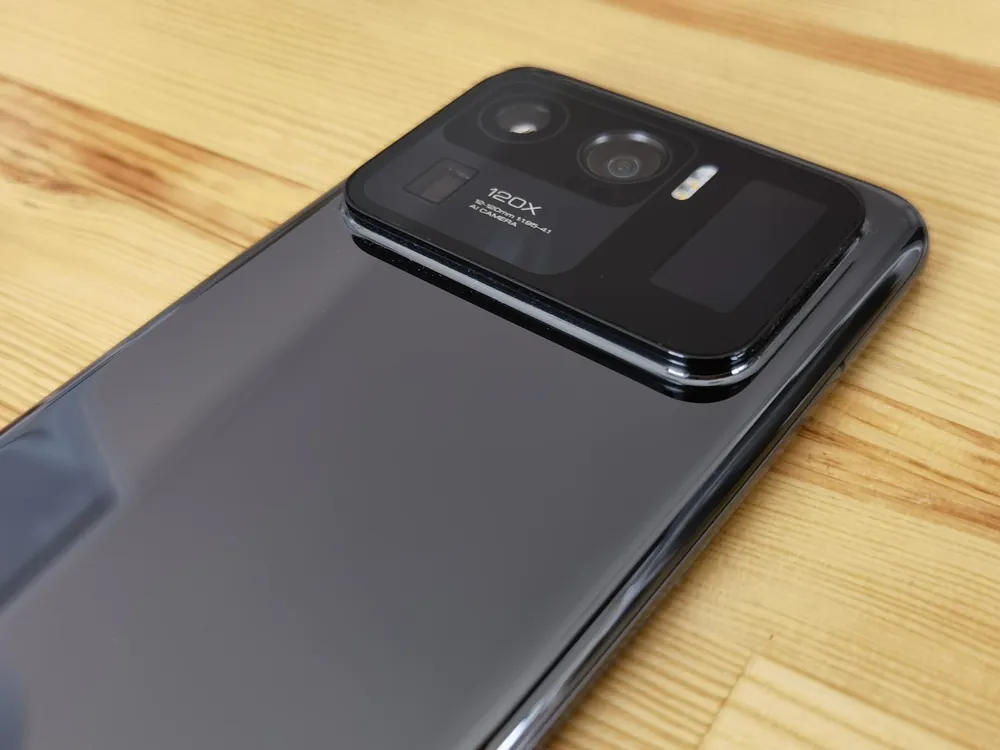
The wide-angle lens (0.6x magnification) is suitable for taking pictures of landscapes, buildings, or large groups of people. Thanks to the high resolution, you get relatively detailed images. The wide screen chooses slightly richer colors, but I would like to compliment the correction around the edges of the image. In general, the quality of widescreen photos is above average, although not perfect.
The brilliant Xiaomi Mi 11 Ultra telephoto lens deserves a separate mention. Let’s start with criticism, because Xiaomi would not be themselves if they did not boast of a completely unnecessary digital zoom function with a magnification of 120x. Just like the Samsung Galaxy S20 Ultra, information about 120x magnification was found even on the camera island. If Xiaomi invites us to dance, then let’s dance.
The picture speaks for itself. Photos with 120x magnification are completely unusable. It is an unthinkable farce that in a camera of this class with such beautiful components, Xiaomi cannot resist the pursuit of numbers.
Well, after the criticism, let’s move on to the real possibilities of a telephoto lens, because they are amazing. The combination of a really large (for a telephoto smartphone) sensor and a focal length of 120 mm (equivalent to a full frame) provides incredible image brightness. Just look how beautifully the telephoto lens blurs the background on the Mi 11 Ultra.
This effect is achieved solely due to the optics and the size of the matrix, without any software tricks. I am impressed with the quality and usability. This is by far the best telephoto lens I’ve seen in a smartphone, beating the competition by a mile.
With f/4.1 brightness, you can’t go crazy after dark, but even in low light, the telephoto lens produces unexpectedly good images.
In practice, the only drawback is the autofocus system, which sometimes gets lost. The depth of field for a smartphone is quite shallow, which means that a telephoto lens is not always able to sharpen the chosen scene correctly.
In low light conditions, photos from the main camera still retain low noise and high detail. Longer exposure shots, a larger chip and optical stabilization are behind the quality images. On the other hand, night mode does not produce ideal images with the current software version. Perhaps this is just a current flaw and we will see fixes soon.
Main camera images show long outlines when using night mode and are overly modified by the software. However, one thing that makes Night Mode absolutely wonderful is the attenuation of overheated light sources. You can use night mode extensively with a wide-angle or telephoto lens. In general, this smartphone can capture above average quality images when shooting in low light conditions.
ORIGINAL PHOTOS AND VIDEOS IN FULL RESOLUTION

The Xiaomi Mi 11 Ultra records videos in up to 8K at 24 fps. Indeed, the videos are incredibly detailed, the whole picture looks natural. You may notice that the image is slightly less processed than when recording in 4K. In addition, stabilization works in 8K as well, although it is slightly less effective than in 4K. However, when recording in 8K, you’ll have to ditch HDR10+.

The smartphone allows you to choose in which codec to save the recording, in standard h.264, which provides the greatest compatibility due to its large sizes, or h.265, in which files occupy about 40% of the h.264 volume. Less space, yes, but a powerful processor is needed for smooth playback and editing. One minute of 8K material in the base h.264 codec takes an average of about 950 MB.

The footage recorded in 8K is so sharp that photos taken during filming, or footage cut by hand after recording, can be successfully used as standard photos.

Although the video in 4K is a more convenient, since we have access to 30 or 60 frames per second, with better stabilization and the ability to record images in HDR10+ standard. The stabilization is impressive. The image is slightly more processed than when recording in 8K, which can be seen, for example, in the higher saturation of colors. However, don’t worry, the Xiaomi Mi 11 Ultra doesn’t go overboard.

It’s also worth adding that each lens can record in both 4K and 8K, but the ability to swap lenses while recording data is missing. We can only use digital zoom. The camera app has a built-in manual mode that works while filming. Among other things, you can find a histogram in real time and a graph of the audio level for the left and right channels separately.
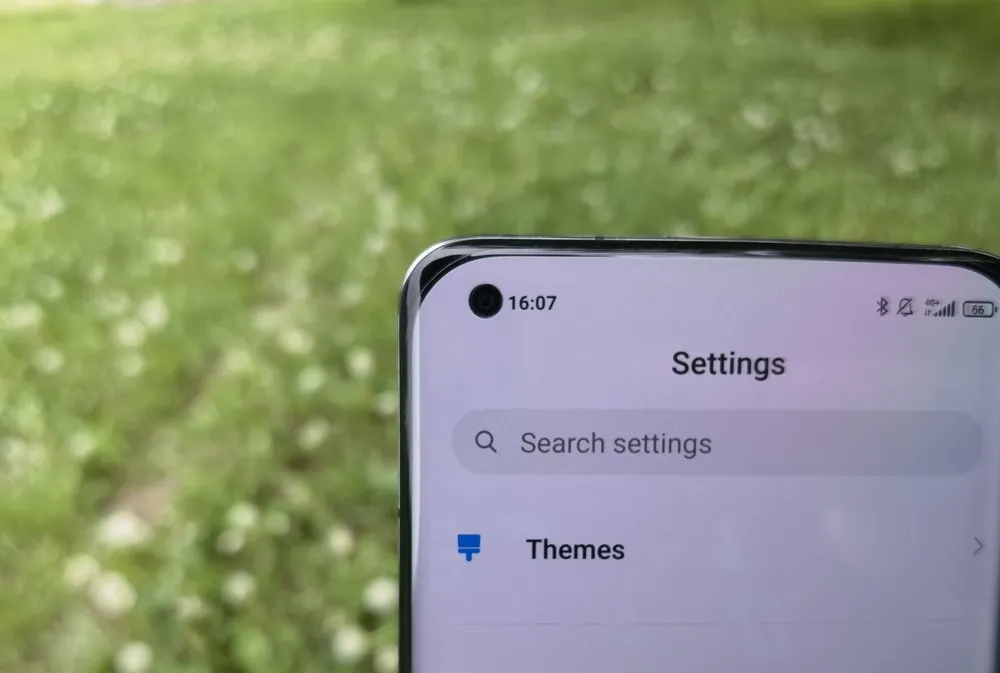
The display next to the cameras is also associated with photography. As I said, its main function is the viewfinder, but you will have to turn it on all the time in the camera app settings. Then you will see a preview of the photo session on both screens, which means that the selfie will be at a high level. Some people might say that a 20MP front camera is unnecessary here. But no, it is still needed for video calls.
Should you buy the Xiaomi Mi 11 Ultra?
I asked myself this question both at the beginning of testing and after several weeks of use. At first, I was somehow skeptical about the new product. Yes, it is a powerful flagship, with an unusual design and high-quality cameras, but I was confused not only by the high price of the smartphone, but also by the MIUI 12 shell. I had not used it for a long time.

But at the final stage of testing, I saw just how good the Xiaomi Mi 11 Ultra is. Design is a matter of taste, but I like it. Yes, I wanted the back panel to be matte and more practical. Despite the large size, which can be an obstacle for some, the ergonomics are good. Also you will be pleased with the IP68 water resistance. Because of the cameras, there is a fairly large protrusion on the back. However, it does include an additional display, which is a good accessory. Although it’s not worth buying this smartphone just because of it.
The clear advantages are high-quality cameras, super-powerful specifications, perfect display, long battery life and very fast wired and wireless charging. I miss a microSD card slot and a 3.5mm headphone output though. But I am particularly pleased with the speed of the fingerprint scanner in the display, as well as the stereo speakers.
Should you buy the Xiaomi Mi 11 Ultra? If the price does not matter to you and you want to enjoy a high-quality, bright display, great photos and maximum power, you definitely need to pay attention to the new product from Xiaomi. This is the ultra flagship for those who demand only the best from a mobile device. And if first impressions last, the Mi 11 Ultra could prove to be a fantastic choice for the most demanding users.
Pros
- interesting, user-friendly design, excellent materials
- water resistance (IP68 standard)
- high-quality AMOLED WQHD+ display with a refresh rate of 120 Hz
- fast fingerprint scanner
- very good stereo speakers, infrared port
- a complete set of great cameras
- very good photos and videos in almost any situation
- efficient battery
- ultra fast wireless charging
- fast 67W charger
- high performance, 5G support
- fast Android 11 and MIUI 12 system with many features
Cons
- MIUI should be even better because competitors are constantly innovating
- no way to switch cameras while shooting in 4K at 60fps and 8K
- few features for the extra screen
- very steep price

Subscribe to our accounts:


